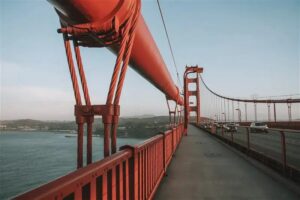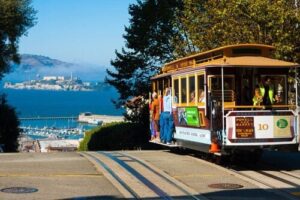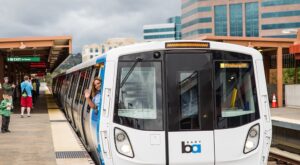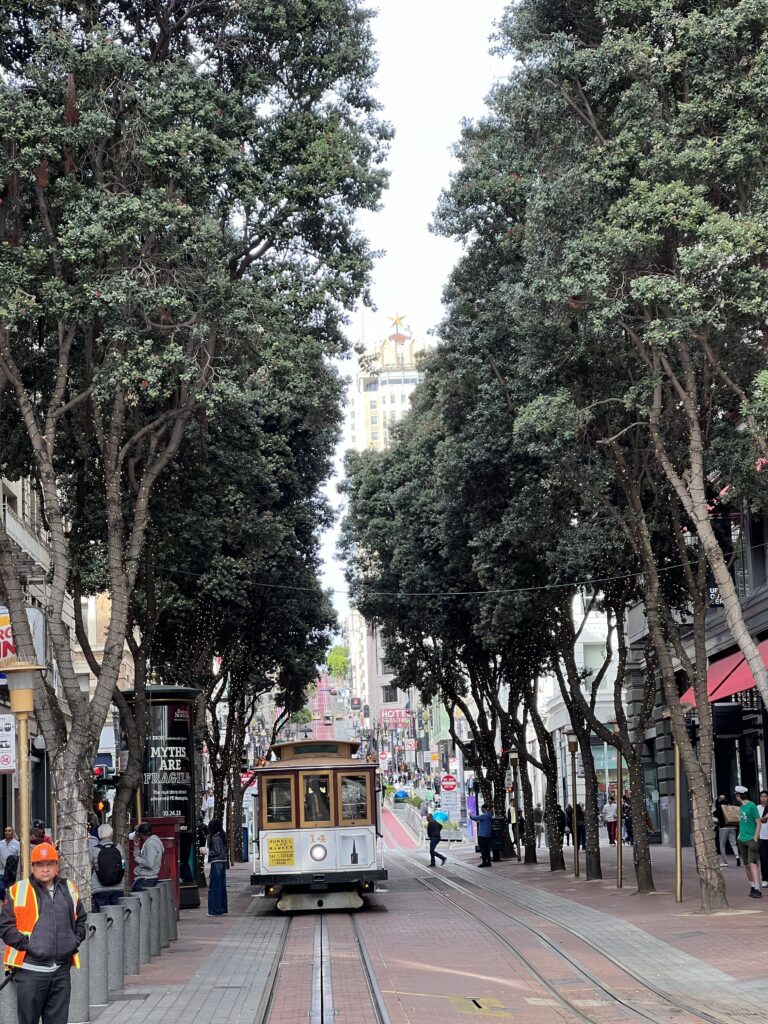
San Francisco, California, offers a diverse range of attractions and experiences for various interests:
Hiker: The city is surrounded by natural beauty, including the Marin Headlands, Lands End, and Golden Gate Park, providing numerous hiking trails with breathtaking views of the Pacific Ocean and the city.
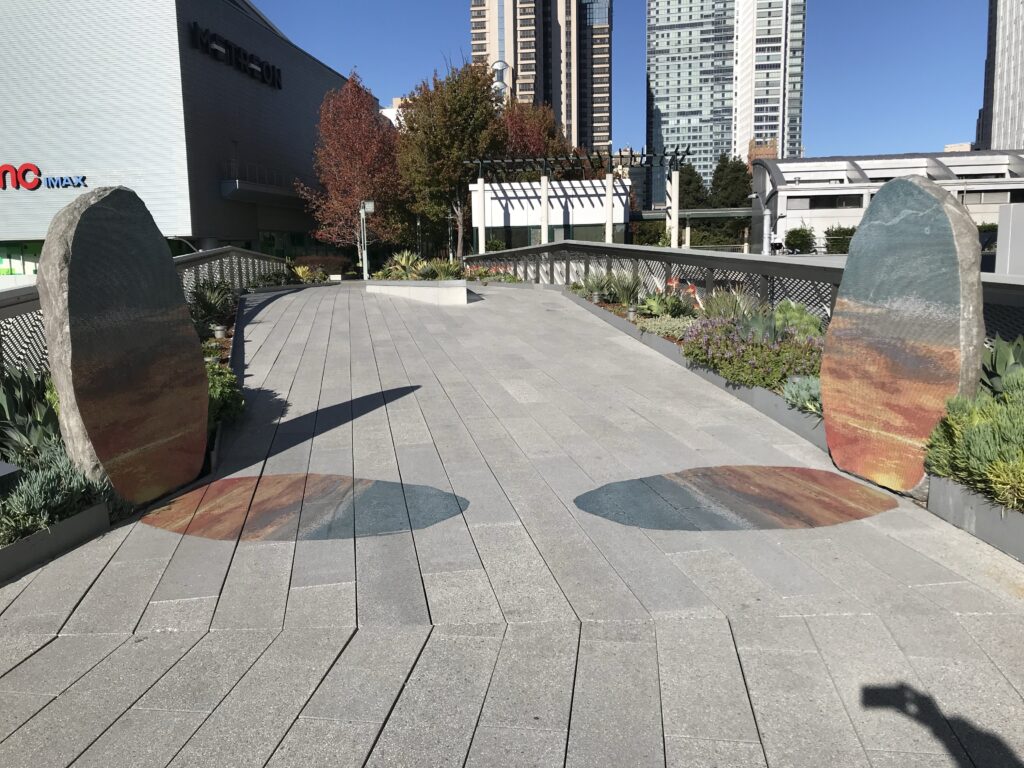
Birder: The Bay Area is home to diverse bird species, and locations such as the San Francisco Bay National Wildlife Refuge and the Golden Gate Park offer opportunities for birdwatching.
Historian: San Francisco has a rich history, including its role in the Gold Rush, the devastating 1906 earthquake, and its significance during the Beat Generation and the Summer of Love.
Architect: The city boasts a mix of architectural styles, from Victorian homes in neighborhoods like St. Francis Wood to modern skyscrapers in the Financial District.
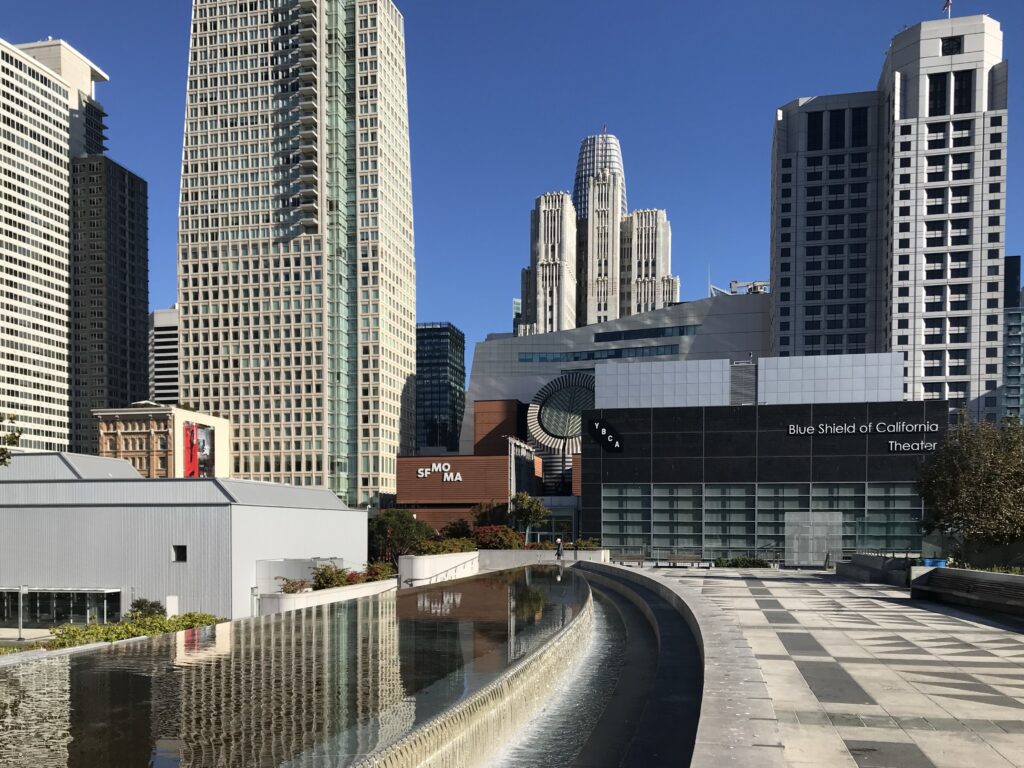
National Park Enthusiast: San Francisco is in close proximity to several national parks, including the Golden Gate National Recreation Area, Muir Woods National Monument, and Point Reyes National Seashore.
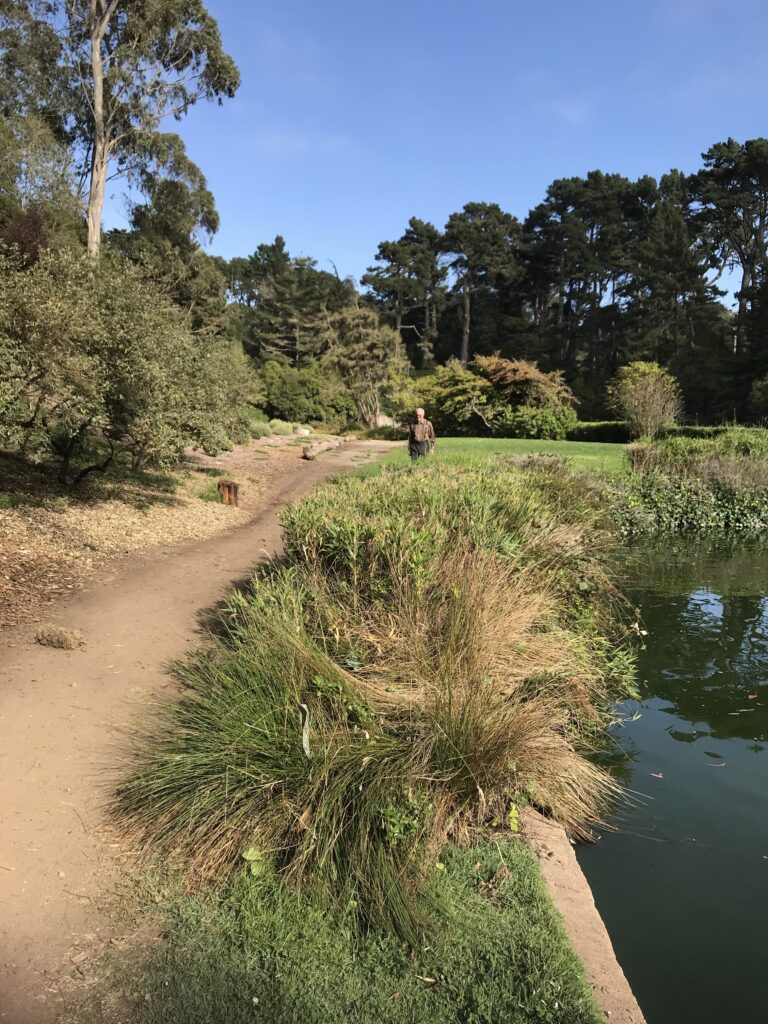
Railroad Enthusiast: The city has a rich railroad history, with attractions such as the Cable Car Museum and the historic F Market & Wharves streetcar line.
Opera Fan: San Francisco Opera is renowned for its diverse and outstanding opera performances, including productions of classic and contemporary operas.
Catholic: San Francisco is home to notable Catholic landmarks, including the Cathedral of Saint Mary of the Assumption and the historic Mission Dolores.
Tourist: The city offers iconic attractions such as the Golden Gate Bridge, Alcatraz Island, Fisherman’s Wharf, and Chinatown, making it a popular destination for tourists from around the world.
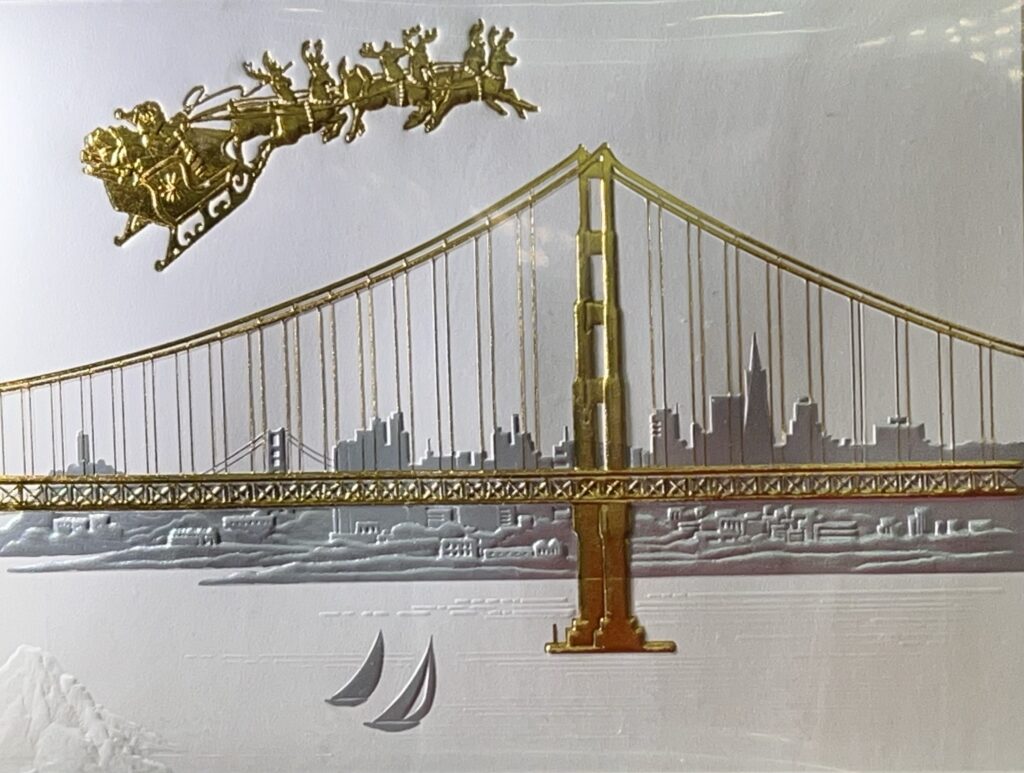
The history of San Francisco is marked by its role in the Gold Rush, the devastating 1906 earthquake, and its cultural significance during the Beat Generation and the Summer of Love.
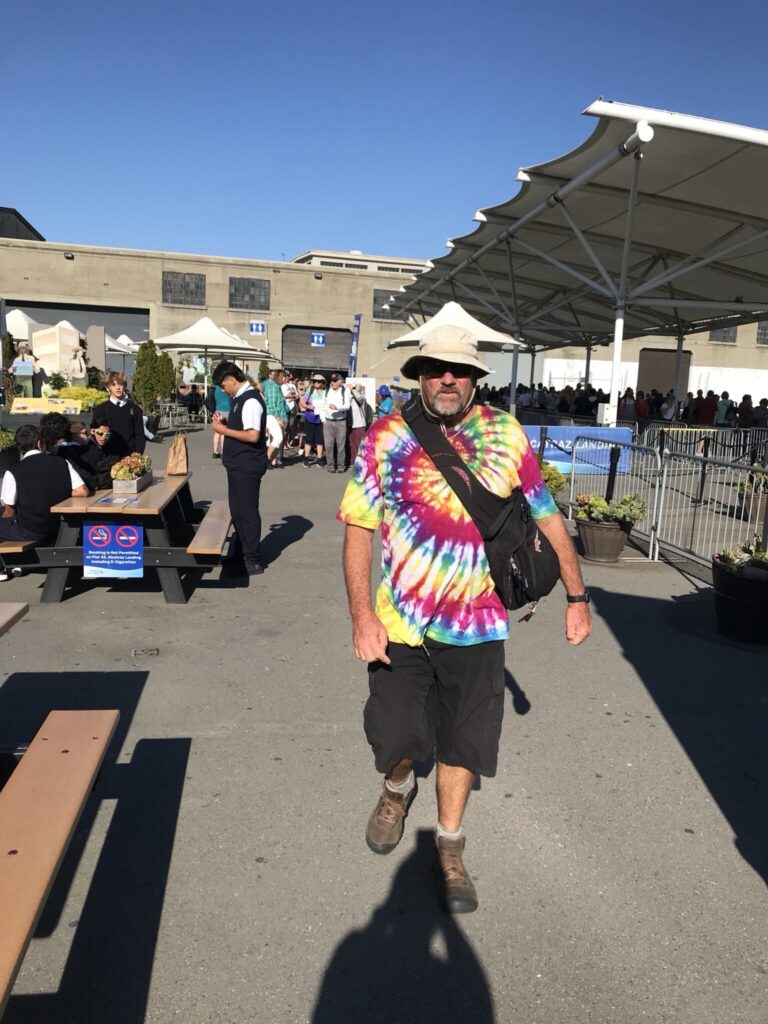
Saint Francis of Assisi, the city’s namesake, was a Catholic friar known for his love of nature and animals, and he is the patron saint of San Francisco.
San Francisco has been home to numerous famous residents, including tech innovators like Mark Zuckerberg, entertainment figures like Julia Roberts, and literary icons like Danielle Steel.
Additionally, there are attractions named after Saint Francis in San Francisco, such as the St. Francis Wood neighborhood and the St. Francis Yacht Club.These diverse offerings make San Francisco a compelling destination for individuals with a wide range of interests and passions.
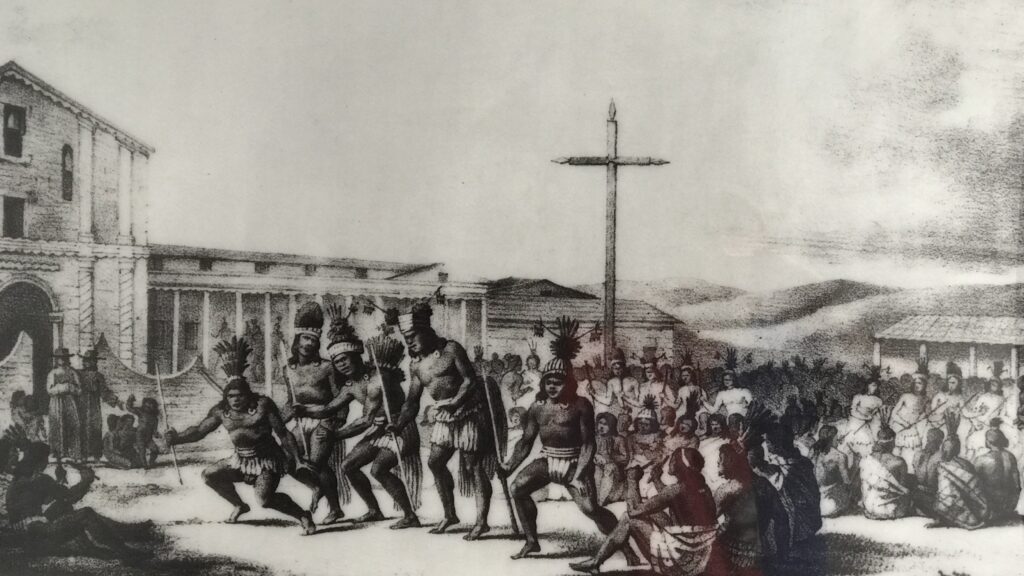
The original name of the settlement that later became San Francisco was Yerba Buena, named after a native herb abundant in the region surrounding San Francisco Bay1. The name change from Yerba Buena to San Francisco was enacted on January 30, 1847, by Washington Allon Bartlett, the first Anglo alcalde (mayor) of the town38. The primary reason for the name change was that the local name of Yerba Buena was unknown beyond the district and had been applied from the local name of the cove on which the town was built7.
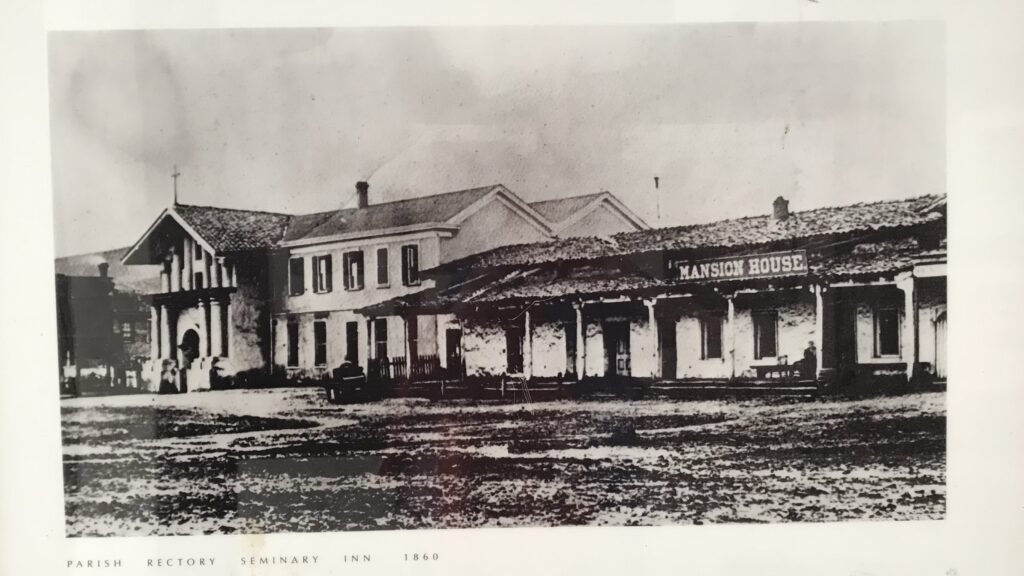
Another significant factor was a strategic move to outmaneuver a plan by Californio landowner Mariano Vallejo to create a new city at the mouth of the Sacramento River, which he intended to name Francisca after his wife. Bartlett’s ordinance caused Vallejo’s wife’s middle name, Benicia, to be used instead for the new city75.
The name San Francisco was chosen because the bay upon which Yerba Buena sat had been named after St. Francis for decades7.
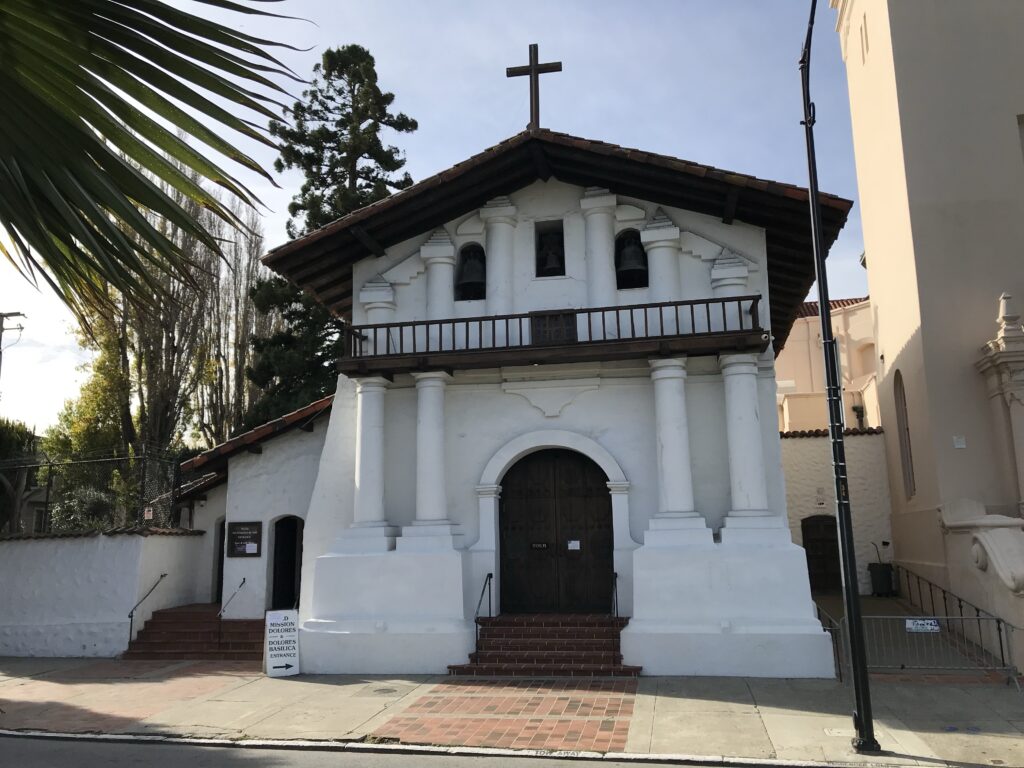
The name San Francisco, which is Spanish for “Saint Francis”, was taken from Mission San Francisco de Asís, named after Saint Francis of Assisi8.There is no record of other names being considered for the renaming of Yerba Buena. However, San Francisco has been given various nicknames over the years, including Frisco, San Fran, The City, and SF, although Frisco is generally not used by locals8246. Other nicknames include “Golden Gate City” or “The Golden City”10.
Boater:
San Francisco is home to several yacht clubs, each offering unique experiences related to sailing, dining, and access to nearby islands. Here are some notable yacht clubs in San Francisco:
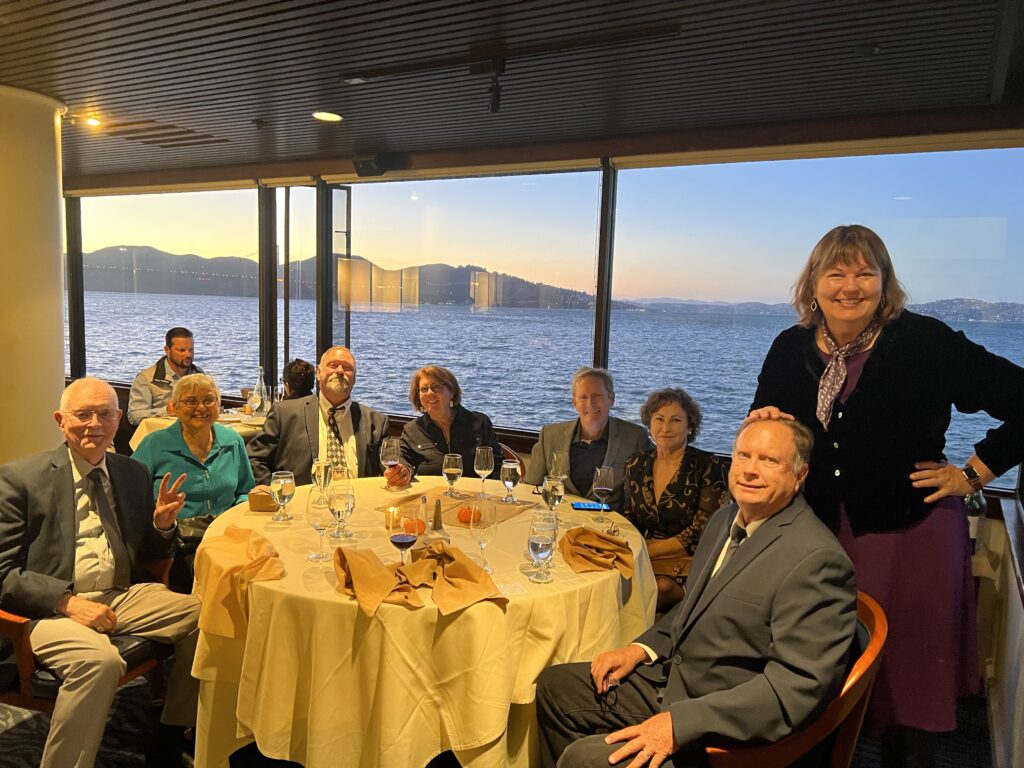
- St. Francis Yacht Club:
- Founded in 1869, the St. Francis Yacht Club is one of the oldest and most exclusive yacht clubs on the bay. It offers a full-service restaurant and bar, a harbor, and a dry haul area. The club has a very active junior sailing program and is committed to the Corinthian traditions of yachting5.
- Larry Ellison was denied membership at the St. Francis Yacht Club in San Francisco.
- Prestigious and exclusive club with a long-standing history and a reputation for excellence in the yachting community.
- The club’s facilities include a clubhouse with the three dining rooms, multiple event spaces, and docking on the shores of San Francisco Bay, as well as a private island in the Sacramento Delta, providing members and their guests with on-water activity and camaraderie year-round.
- Known for its prime location on the shores of San Francisco Bay, providing stunning views and access to the water.
- Has a strong tradition of competitive sailing and has hosted numerous national and international sailing events.
- Golden Gate Yacht Club:
- Founded in 1939, the Golden Gate Yacht Club is known for its active sailing community and its involvement in prestigious sailing events, including the America’s Cup. The club offers a full-service restaurant and bar, as well as a vibrant social calendar1.
- Larry Ellison joined the Golden Gate Yacht Club, which was near bankruptcy at the time. His support and membership at the Golden Gate Yacht Club played a pivotal role in revitalizing the club and its operations. Ellison’s involvement with the Golden Gate Yacht Club was marked by a significant shift in the club’s fortunes, and his support was instrumental in the club’s resurgence and its ability to compete at the highest levels of sailing, culminating in its victory in the America’s Cup.
- Historically known for its more casual and laid-back atmosphere, with a colorful past and a focus on fostering a friendly and relaxed environment for members.
- Was near bankruptcy before being revitalized, with Larry Ellison playing a pivotal role in its resurgence.
- Offers a unique and vibrant community for sailors and boating enthusiasts, with a focus on promoting water sports and boating to the local community.
- Known for its open-door policies and a more informal approach to club activities.
- Aeolian Yacht Club:
- Founded in 1886, the Aeolian Yacht Club promotes small-boat yachting and offers a collegial atmosphere for boaters to relax and socialize with fellow enthusiasts1.
- Island Yacht Club:
- Founded in 1970, the Island Yacht Club provides a welcoming environment for boaters and offers a range of activities and events for members1.
- San Francisco Sailing Club:
- The San Francisco Sailing Club offers a unique membership model that provides access to a fleet of well-maintained boats for charter, allowing members to enjoy sailing without the responsibilities of ownership2.
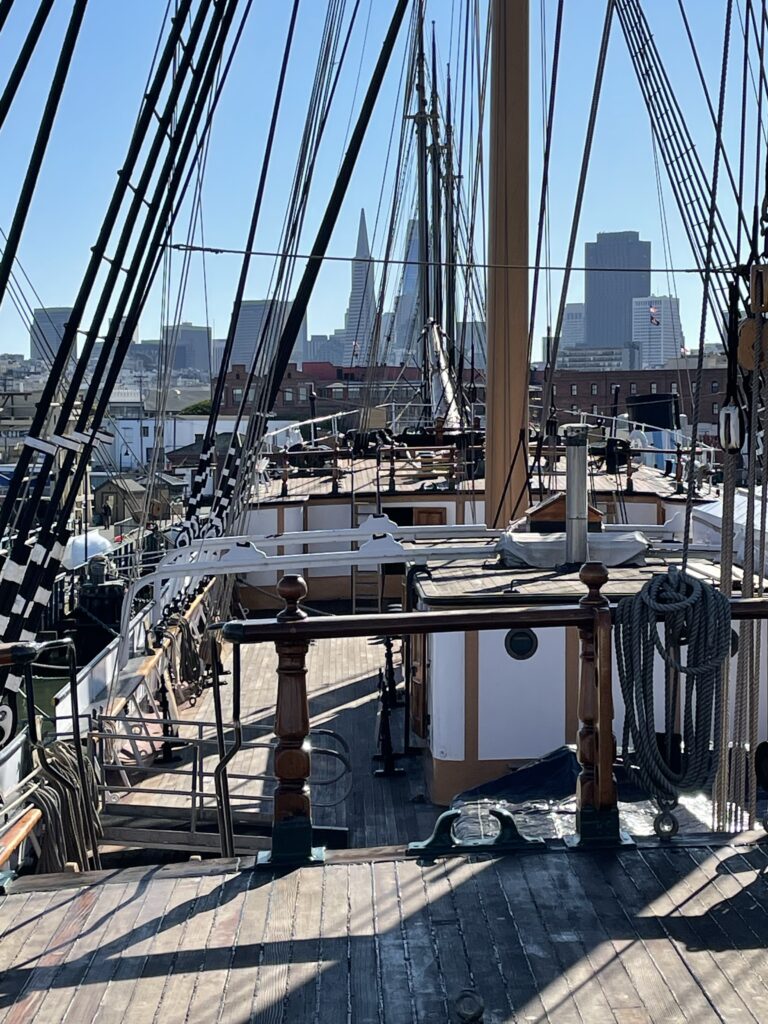
There is a Sea Scout Ship in San Francisco. The Sea Scout Ship Viking (Ship 100) is a sailing and scouting club for high school girls in San Francisco. The ship is a part of the Sea Scouting program, which is a co-ed program offered by the Boy Scouts of America. The Sea Scouts participate in various activities related to boating, leadership training, and character development.
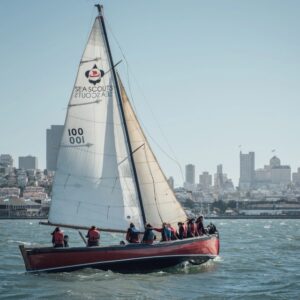
https://sites.google.com/view/sf-seascouts/home
The Sea Scout Ship Viking has been recognized for its outstanding Scouting program and has received the 2023-2024 BoatUS National Flagship award for excellence in youth servant leadership and strong adult mentorship. The ship offers a unique opportunity for young individuals to learn about sailing, rowing, and maintaining a fleet of traditional wooden boats, fostering a love for the sea and maritime activities. The Sea Scout Ship Viking is one of the largest Sea Scout Ships in California and provides a supportive and fun environment for youth to develop valuable skills and experiences related to boating and leadership.
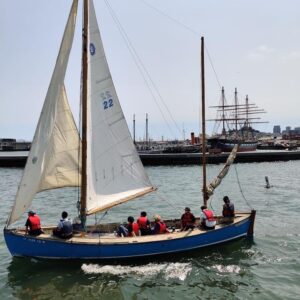
Sea Scout Ship Corsair is a male sailing club for ages 14-21.
San Francisco provides access to the San Francisco Bay, offering boaters stunning views of the city skyline, the Golden Gate Bridge, and Alcatraz Island. The bay is a popular destination for sailing, boating, and water sports.
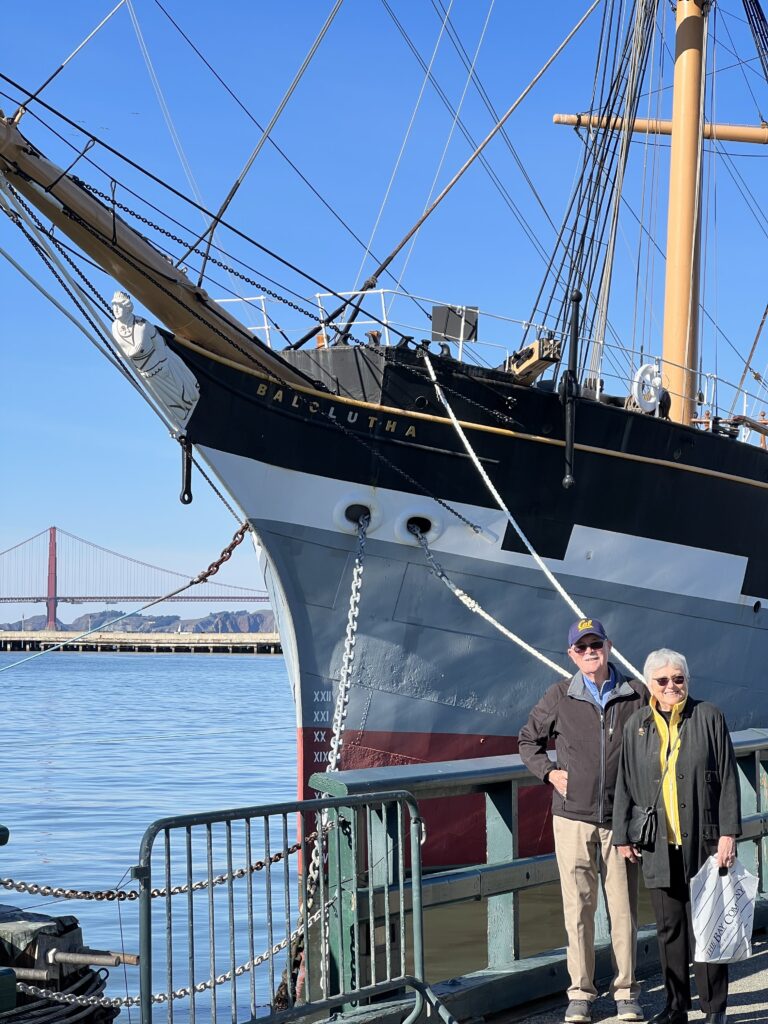
Hiker
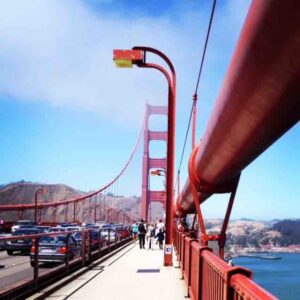
Yes, it is possible to walk across the Golden Gate Bridge, and there are several noteworthy aspects of doing so:
- Iconic Views: Walking the Golden Gate Bridge provides breathtaking panoramic views of the San Francisco Bay, the Pacific Ocean, and the city skyline. The bridge’s location at the mouth of the bay offers a gateway to the Pacific and connects San Francisco with the rest of Northern California, making it a prime vantage point for appreciating the natural beauty of the region123.
- Architectural Significance: The Golden Gate Bridge’s elegant curves, striking International Orange color, and ambitious construction make it an iconic landmark. Walking across the bridge allows visitors to appreciate its distinctive Art Deco design and the graceful contrast it creates against the natural surroundings and the bay13.
- Visitor Experience: The Golden Gate Bridge Visitor Plaza at the southeast side of the bridge serves as a starting point for the walk and offers a destination in itself. The plaza features a gift shop where visitors can purchase bridge-inspired trinkets, books, and artwork. The walk takes approximately 30 minutes each way, depending on the pace and the number of stops for photos2.
- Access and Tips: The pedestrian walkway runs along the east side of the bridge and is accessible from the Golden Gate Bridge Welcome Center parking lot on the south side and the Vista Point parking lot on the north end. It’s important to dress appropriately for the walk, as the weather can vary, and visitors are advised to take advantage of nearby amenities such as coffee shops and food trucks for refreshments3.
Walking across the Golden Gate Bridge offers a unique and memorable experience, allowing visitors to immerse themselves in the bridge’s history, architecture, and the stunning natural beauty of the San Francisco Bay area45.
THE GOLDEN GATE BRIDGE
“Conceived in the spirit of progress, it shall stand at the gates of San Francisco, a monument to her vision, an inspiration to posterity, and an enduring instrument of civilization faithfully serving the needs of a quickening world.” —From a plaque at the southern end of the bridge. Bring a jacket; it’s often windy here.
DIFFICULTY: EASY
It’s hard to imagine the Bay Area without its trademark orange bridge spanning the entrance to the bay-just as it’s difficult to grasp the magnitude of the engineering feat required to build it in the 1930s. The best way to absorb its elegance and enjoy the magnificent view is to stroll across its span. Park, or get off the bus (#28 or 29), at the southern end just before the toll plaza. The vista point here offers a few distractions in addition to views: You can take in various facts and figures about the bridge, see the statue of Joseph Strauss-its chief engineer, and view historic photos of the span under construction. The Bridge Café (1) offers basic snacks, and the Gift Center (2) in the circular rotunda (on the left as you head toward the bridge) is stocked with standard souvenirs. Then head straight up the ramp. Ignore the cars and focus your gaze on the bay, noting how it widens dramatically from this point—it’s easy to understand how ships passed right by this narrow opening for years without sailors noticing it. Savor the view of the Marin Head-lands, which rise dramatically northwest of the bridge. From the northern vista point, you’ll enjoy panoramic views of the city. Those with extra stamina should consider making the mile-long trek down to Cavallo Point (3), a luxury inn housed in the former military buildings of Fort Baker beneath the bridge. To reach it, take the stairs that lead under the bridge, walk to the far end of the parking lot, and turn left to wind down the hill. Enjoy a drink on the terrace, then return (uphill this time!) the way you came.
50 Adventurers on Foot 2012 card 21
CHINATOWN I (GRANT AVENUE)
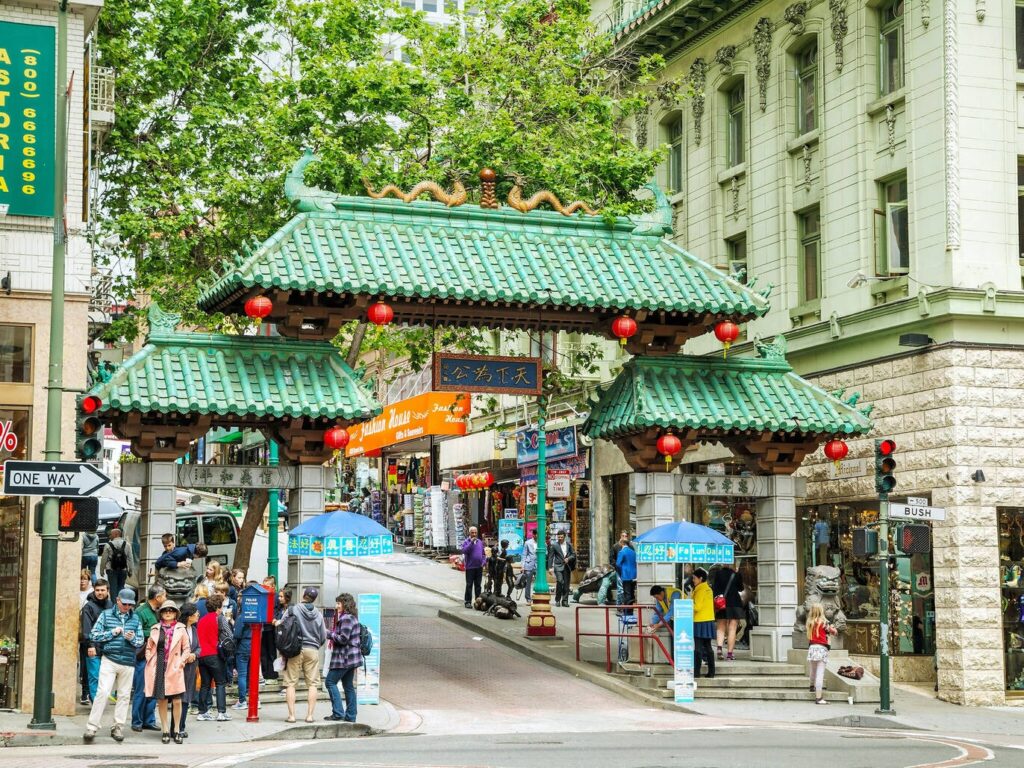
No visit to San Francisco is complete without a trip to its iconic Chinatown, a neighborhood that has retained a strong identity over the decades.
DIFFICULTY: EASY
Begin at Grant and Sutter (via bus #30 or 45) and walk one block north to the elaborate Dragon Gates (1), the official entrance to Chinatown. San Francisco is home to the world’s largest Asian population outside Asia, and Chinatown is one of the country’s most densely populated neighborhoods. A large number of Chinese arrived during the gold rush; others came after escaping China’s Taiping Rebellion. They stayed, despite numerous anti-Chinese ordinances, and many found work building the Central Pacific Railway in the 1870s. Today, close to one-third of the city’s population is Asian, although many live outside Chinatown. Head north along Grant, San Francisco’s oldest street. It is now one of Chinatown’s two main commercial streets, lined with bazaars and emporiums stocked with Chinese wares for the tourist-lacquered bowls, ornate vases, parasols, silk slippers, fringed Chinese lanterns, and the like—and countless electronics and T-shirt stores. But the real draw here is the setting: Chinatown has its own flavors, smells, and sounds. At Clay, head to Portsmouth Square (2), one of the neighborhood’s few open spaces, and the city’s first civic center during the gold rush years. Here you’ll find elderly Chinese resting on the benches while kids cavort in the playground. Return to Grant, and continue north. Ginn Wall Hardware (4; #1016) is the place to go for woks, steamers, cleavers, and other traditional Chinese culinary implements. Then join the masses waiting in line for a Dan Tat (egg custard tart) at Golden Gate Bakery (3; 1029 Grant). It’s well worth it. Finish at Broadway, where the Chinese ambience ends abruptly at the ornate lampposts. Catch bus #30 or 45.
50 Adventurers on Foot 2012 card 4
Trains run every 10 minutes between InterContinental San Francisco and Chinatown. there is a direct train departing from Powell St & Market St and arriving at Powell St & Clay St. Services depart every 10 minutes, and operate every day. The journey takes approximately 8 min. The distance between InterContinental San Francisco and Chinatown is 1 miles. In November of 2023 the Golden Gate Bakery appeared to be closed, perhaps a victim of the multi year pandemic.
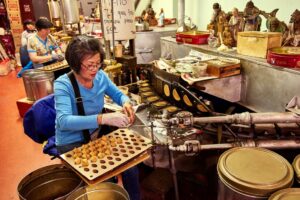
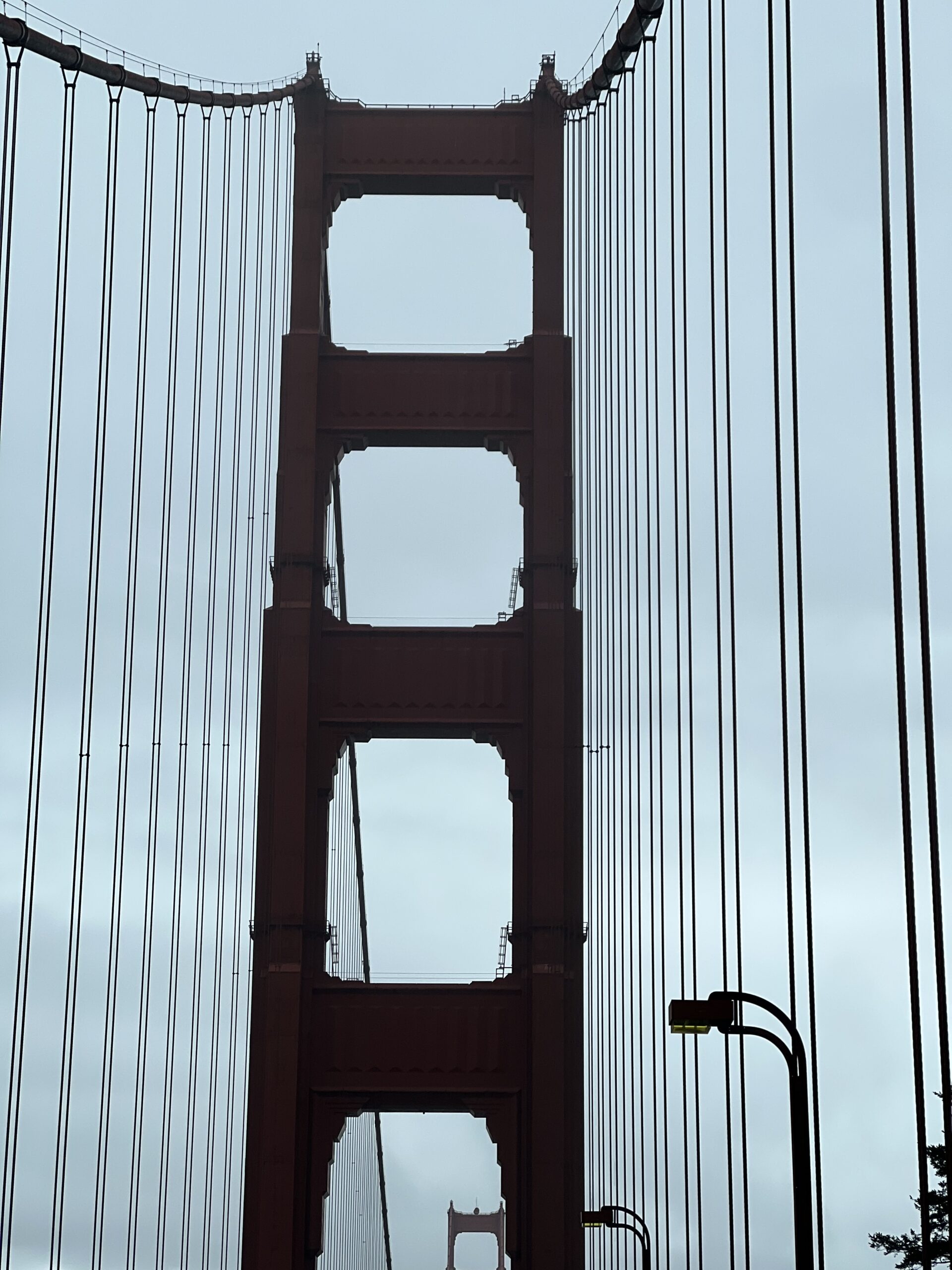
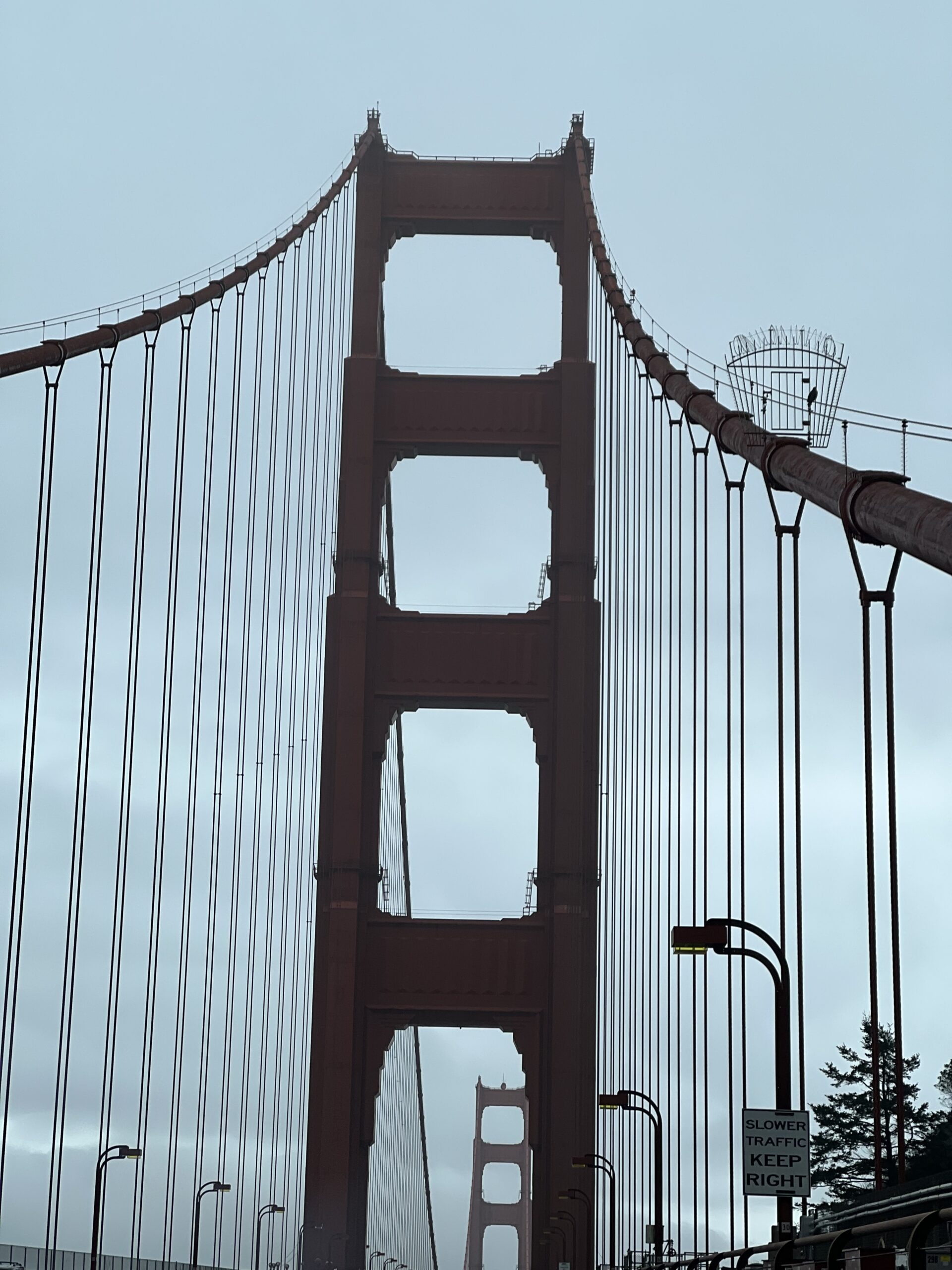
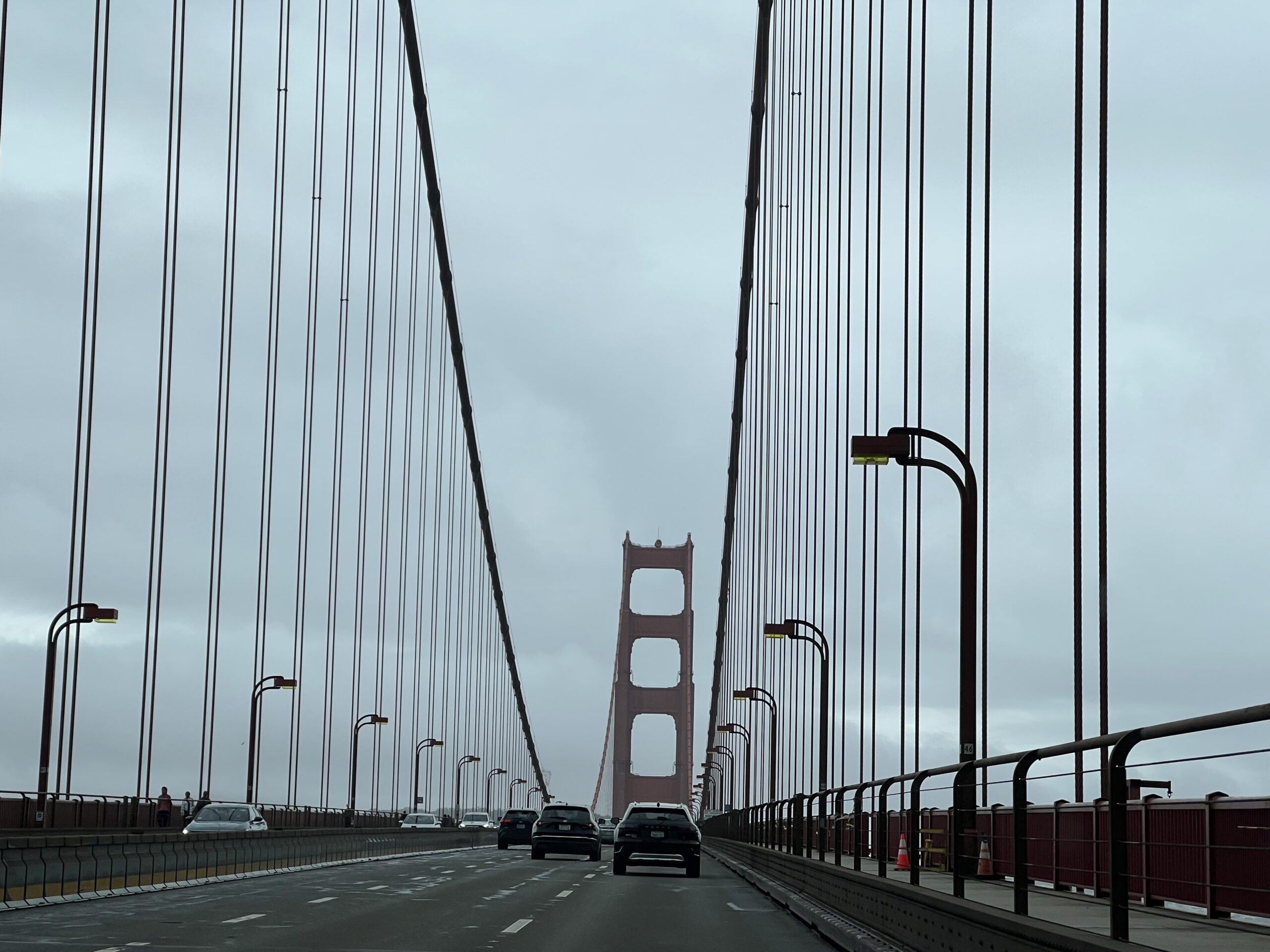
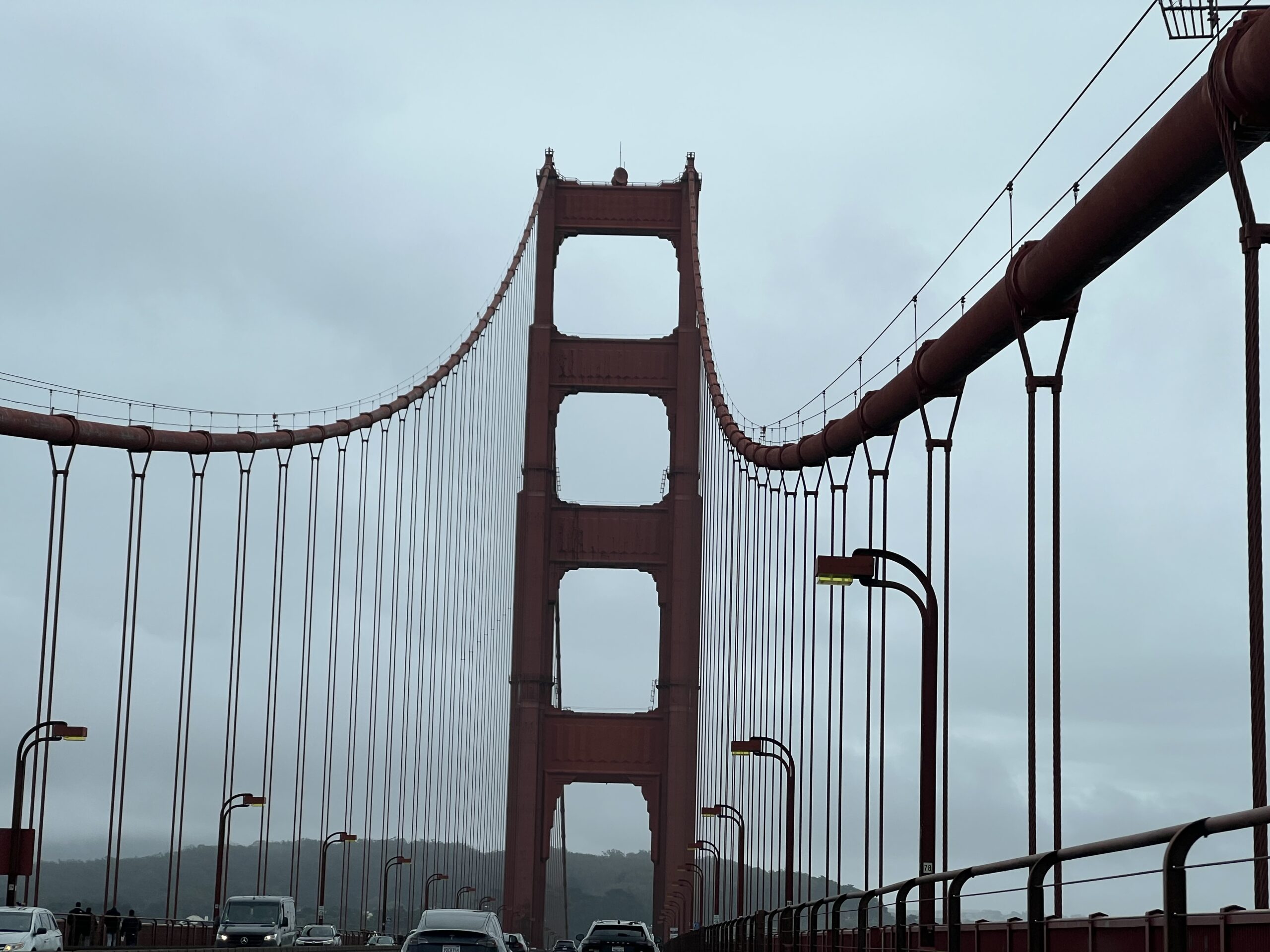
DOLORES PARK AND MISSION DOLORES
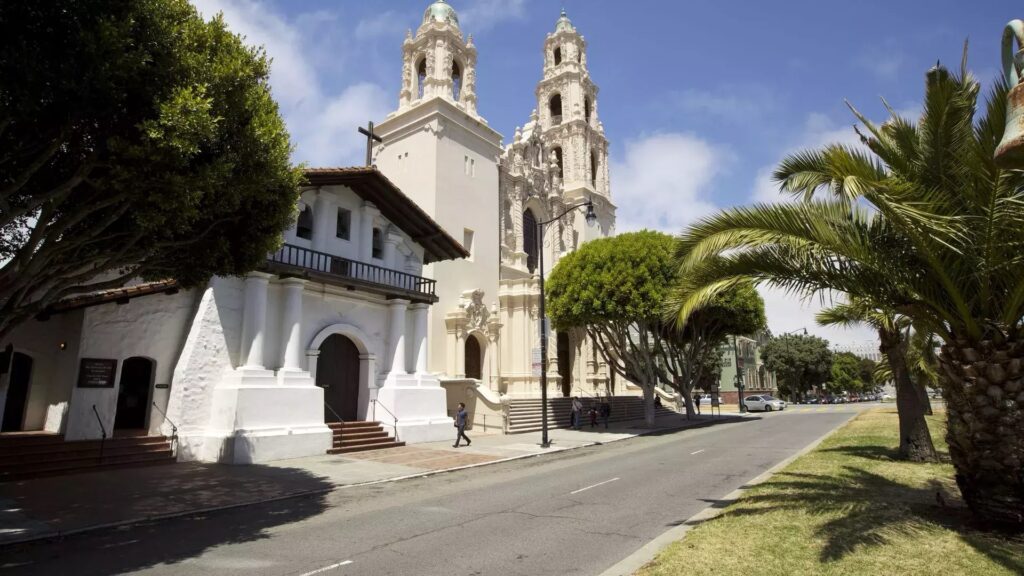
Mission Dolores History
This historic walk through one of the city’s earliest neighborhoods reveals the funky, youthful spirit of the eclectic Mission District.
DIFFICULTY: EASY
Start at Church and 20th (via the J train), an intersection that offers expansive urban views to the north and east. Dolores Park
(1) slopes down gently before you toward the Mission, one of the first areas settled by the Spanish when they arrived in the 1770s.
Dotted with palm trees and often full of sunbathers and dog walk-ers, this beloved park is a lush oasis in a densely populated part of town. Although the neighborhood is still a center of Latino cul-ture, it was transformed by dot-commers who flooded the area in the 1990s in search of cheap rents. Today the diverse community reflects both those worlds. Descend through the park. Head north on pretty, palm-lined Dolores Street and turn right on 18th.
Grab an outdoor table at Pizzeria Delfina 2; 3621 18th) or the European-style Tartine (3; 600 Guerrero), considered by many to be the city’s best bakery, and bask in the über-hip vibe. Save room for dessert at the popular Bi-Rite Creamery (4; 3692 18th), where you can indulge in a swoon-worthy salted caramel or balsamic-strawberry ice cream. Return to Dolores and continue north to the historic landmark Mission Dolores (5). The small white building next to the cathedral is the city’s oldest; construction began in 1788.
A self-guided tour begins at the gift shop and passes through the lovely cemetery where scenes from Hitchcock’s Vertigo were filmed.
Head right on 16th, where you’ll find a sprinkling of trendy bou-tiques, including Belljar (6; 3187 16th), which carries flirty dresses and vintage finds, and Candy Store Collective (7; #3153), which stocks fashion-forward apparel, trendy gifts, and music. Continue with Walk 43 or head out on bus #22 or #26.
50 Adventurers on Foot 2012 card 42
Birder
Yes, you can take a tour to the Farallon Islands from San Francisco. The Farallon Islands, located off the coast of San Francisco, are a renowned destination for birdwatching and wildlife observation. The islands host the largest breeding colony of seabirds in the continental US, making them a prime location for birdwatching tours. The Farallon Islands are home to a diverse range of bird species, especially during specific months. Here are some of the birds that can be spotted by a boat trip to the Farallon Islands:
- Tufted Puffins: Late July and early August are prime times for viewing birds, as the young of burrow-nesting birds such as Tufted Puffins will be fledging, and the adults will still have colorful plumage before they molt.
- Common Murres: The islands are home to large numbers of Common Murres, which can be observed during birdwatching tours.
- Pigeon Guillemots: Pigeon Guillemots are another bird species that can be spotted around the Farallon Islands.
- Cassin’s Auklets and Rhinoceros Auklets: These auklet species are also present around the islands and can be observed during birdwatching trips.
- Black-footed Albatross and Shearwaters: In deeper waters around the islands, birdwatchers may have the opportunity to spot Black-footed Albatross, shearwaters, and other seabirds.
The Farallon Islands are a breeding colony for many seabird species, and the late summer months, particularly July and early August, offer the best opportunities for birdwatching due to the high numbers of breeding seabirds. The islands are also home to California sea lions, harbor seals, and a growing colony of northern fur seals, adding to the wildlife viewing experience. Birdwatching tours to the Farallon Islands typically depart from San Francisco and Half Moon Bay, offering a unique opportunity to observe a diverse array of seabirds and marine wildlife in their natural habitat.
History
San Francisco has a rich history. It was founded in 1776 by Spanish settlers and was originally named “Yerba Buena” after the native plant abundant in the area. The city was renamed “San Francisco” after Saint Francis of Assisi in 1846. Major historical events include the 1848 Gold Rush, the 1906 earthquake and fire, and the 1989 Loma Prieta earthquake. The city has also been home to important cultural movements, including the Beat Generation of the 1950s and the LGBTQ rights movement of the 1970s459.
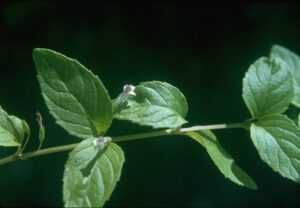
The San Francisco Bay Area was once home to several large U.S. military facilities, including Hunter’s Point Naval Shipyard, Treasure Island Naval Station, and the SF-88 Nike Missile Site, among others. These bases played significant roles in the nation’s military history, particularly during the Cold War era. However, by 2000, these military facilities had been decommissioned and closed, marking the end of an era.
The closure of these bases was part of a broader trend of military downsizing and consolidation, driven by the Base Realignment and Closure (BRAC) process of the 1980s and 1990s. The BRAC process was a congressionally-mandated political process to decide which military bases to close, relocate, or realign. The closures were influenced by factors such as the need for upgrades, environmental concerns, and the cost of operation. Many of the Bay Area locations were older, outmoded, and in need of upgrades, and were also affected by pollution and civilian development.
The closure of these military installations led to the repurposing of these sites for civilian and recreational use, contributing to the cultural and historical landscape of the San Francisco Bay Area. Today, the Bay Area is home to a few remaining military installations, including Military Ocean Terminal Concord, Travis AFB, Moffett Federal Airfield, and Parks Reserve Forces Training Area.
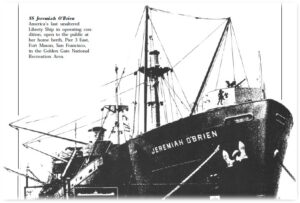
The SS Jeremiah O’Brien is a premier San Francisco attraction and a living museum on the National Register of Historic Places and a National Historic Landmark. It is one of two remaining fully functional Liberty ships of the 2,710 built and launched during World War II. The ship has the distinction of being the last unaltered Liberty ship and remains historically accurate. Moored at Pier 35, The Embarcadero, the SS Jeremiah O’Brien transports visitors back almost seven decades to when sailors braved the harshest of high seas and the threat of enemy attack. It is a rare survivor of the 6,939-ship D-Day armada off the coast of Normandy, France. Visitors can explore the ship and gain insight into the experiences of sailors during World War II. The SS Jeremiah O’Brien offers a unique opportunity to step back in time and appreciate the historical significance of this remarkable vessel. It is open to visitors on specific days of the week, offering a memorable and educational experience for those interested in maritime history and World War II heritage.
Architecture
The Millennium Tower in San Francisco, completed in 2009, was envisioned as a symbol of the revitalization of the city’s South of Market district. It is a 58-story residential skyscraper, designed by Handel Architects, and was the tallest residential building in San Francisco at the time of its completion. The tower was celebrated for its modern design and luxurious condominium units, with over 400 multi-million dollar condos. However, the building has experienced significant sinking and tilting issues, with the structure sinking approximately 17 inches and tilting 14 inches to the northwest since its opening. The sinking and tilting have raised concerns about the safety and stability of the building, leading to a contentious and costly dilemma for residents. The situation has resulted in a legal battle and financial strain for residents, with ongoing efforts to address the structural challenges. The controversy surrounding the Millennium Tower has garnered significant attention and has been the subject of ongoing discussions and debates within the San Francisco community and beyond.
The Millennium Tower in San Francisco has been embroiled in controversy due to its sinking and tilting issues. Here are some key points regarding the controversy:
- Sinking and Tilting: The 58-story luxury residential building has experienced significant sinking, with reports indicating a sinking of approximately 17 inches and a tilt of 14 inches to the northwest since its completion in 2009.
- Structural Integrity and Safety Concerns: The sinking and tilting have raised concerns about the structural integrity and safety of the building, leading to a contentious and costly dilemma for residents.
- Financial Implications: The situation has resulted in a legal battle and financial strain for residents, with ongoing efforts to address the structural challenges. The renovation project cost $20 million more than the expected $100 million, leading to residents being forced to pay $6.8 million for the repairs.
- Depreciation of Condo Values: Residents of the Millennium Tower have expressed frustration and financial strain due to the situation. Some have reported that their condos have depreciated significantly, leading to challenges when attempting to sell their units.
- Ongoing Disputes: The controversy surrounding the Millennium Tower has garnered significant attention and has been the subject of ongoing discussions and debates within the San Francisco community and beyond.
The sinking and tilting of the Millennium Tower have been a source of significant concern and controversy, with residents facing financial and safety challenges as efforts to address the structural issues continue.
The retrofit involved the installation of 18 concrete piles to support 18 million pounds of weight, shifting the structure’s foundation load. The tower will be monitored for the next decade to ensure complete correction of the tilt, with project completion expected in August. The project also includes additional improvements to the surrounding infrastructure1.
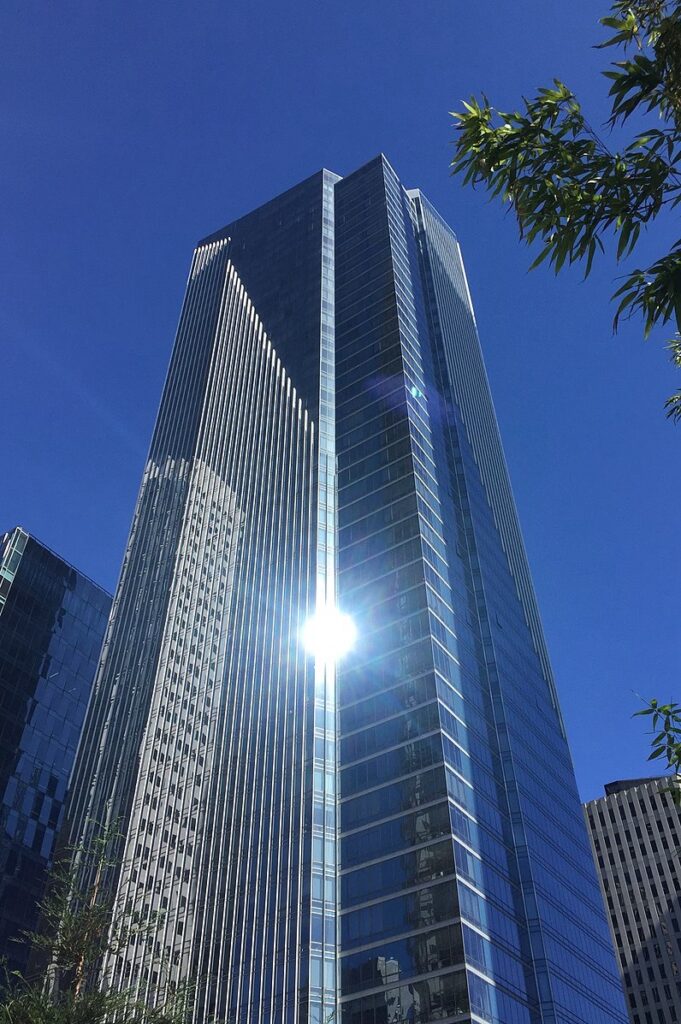
The latest phase of work to stabilize the Millennium Tower has reversed some of the tower’s tilt, with monitoring data showing a recovery of around 19mm of tilt to the west. The engineering upgrade aimed to relieve stress on soils that have compressed beneath the building, causing its unanticipated movement. The recovery is expected to continue in the coming months and years2.
The Millennium Tower is now partly supported on two sides to bedrock, a major milestone for the troubled fix designed to stabilize the high-rise and reverse its tilt. The Fremont Street work involved tying the tower to an extended foundation supported by 12 piles sunk to bedrock on the tower’s west side. The four-day load transfer operation was completed on June 14, and the building is starting to recover some of its tilt. However, experts have expressed caution, stating that it is too soon to make any pronouncements of success3.
With work finally over on the so-called fix of the Millennium Tower, residents are now saddled with a $6.8 million bill out of an estimated $20 million in cost overruns on the long-delayed and troubled retrofit project. The project ended up being cut to just 18 piles and was substantially completed by late August. The scaled-back project ended up costing about $120 million, based on the accounting provided by the tower homeowner’s association to residents4.
New monitoring data shows that while the $100 million Millennium Tower fix appears to have stopped further sinking and tilting, the building is still tilting. The tower is stabilized, but the tilt remains a concern5.
The highest structure in San Francisco is the Salesforce Tower, which stands at 1,070 feet (330 meters). As of April 2023, it is the 17th-tallest building in the United States1. The Salesforce Tower, formerly known as the Transbay Tower, is a 61-story skyscraper located in the South of Market district of downtown San Francisco. Its main tenant is Salesforce, a cloud-based software company. The building was designed by César Pelli and developed by Hines Interests Limited Partnership and Boston Properties. It was the last building designed by Pelli to be completed in his lifetime5.
Before the Salesforce Tower, the Transamerica Pyramid held the title of the tallest tower in San Francisco for nearly five decades. The Transamerica Pyramid, which stands at 853 feet (260 meters), was opened in November 1972 and was at one point among the 10 tallest buildings in the world3.
Another notable tower in San Francisco is the Coit Tower, a slender white concrete column rising from the top of Telegraph Hill. While not the tallest, it has been an emblem of San Francisco’s skyline since its completion in 1933. The tower is named for Lillie Hitchcock Coit, a wealthy eccentric and patron of the city’s firefighters. The funds for its construction were left by Coit in her will “for the purpose of adding to the beauty of the city I have always loved”2.
San Francisco’s first skyscraper was the 218-foot (66 m) Chronicle Building, which was completed in 18901. The city’s skyline has changed dramatically over the years, with ten of the city’s top 12 tallest buildings being built within the last 50 years, the majority of which were constructed after 20003.
Sutro Tower is a unique three-legged, 977-foot tall TV and radio lattice tower located in San Francisco, California. It rises from a hill between Twin Peaks and Mount Sutro near Clarendon Heights and is a prominent feature of the city skyline and a landmark for city residents and visitors2. The tower is named after the family of Adolph Sutro, a businessman and former mayor of San Francisco2.
The tower was built to improve television reception throughout the Bay Area, which was spotty due to the many hills of the city blocking the line-of-sight television signal26. The tower was designed by Albert C. Martin & Associates of Los Angeles and was completed in 19731. It was fabricated and erected by Kline Towers, a subsidiary of Kline Iron and Steel of South Carolina. Its three legs are embedded in 15 million pounds of cement, and its towers are made of 3.5 million pounds of steel13.
Sutra Tower is owned and operated by Sutro Tower, Inc., a California corporation founded in 1968 by the owners of television stations KTVU, KRON, KPIX, and KGO3. The tower houses antennas for the owners and, under Federal Communications Commission guidelines, enables equal access for leased antenna space to other local TV stations. In addition, Sutro Tower, Inc., leases antenna space to radio stations, public agencies, cable and satellite companies, and other telecommunications clients34.The tower was the tallest structure in San Francisco from the time of its completion in 1973 until it was surpassed by the Salesforce Tower in 20182.
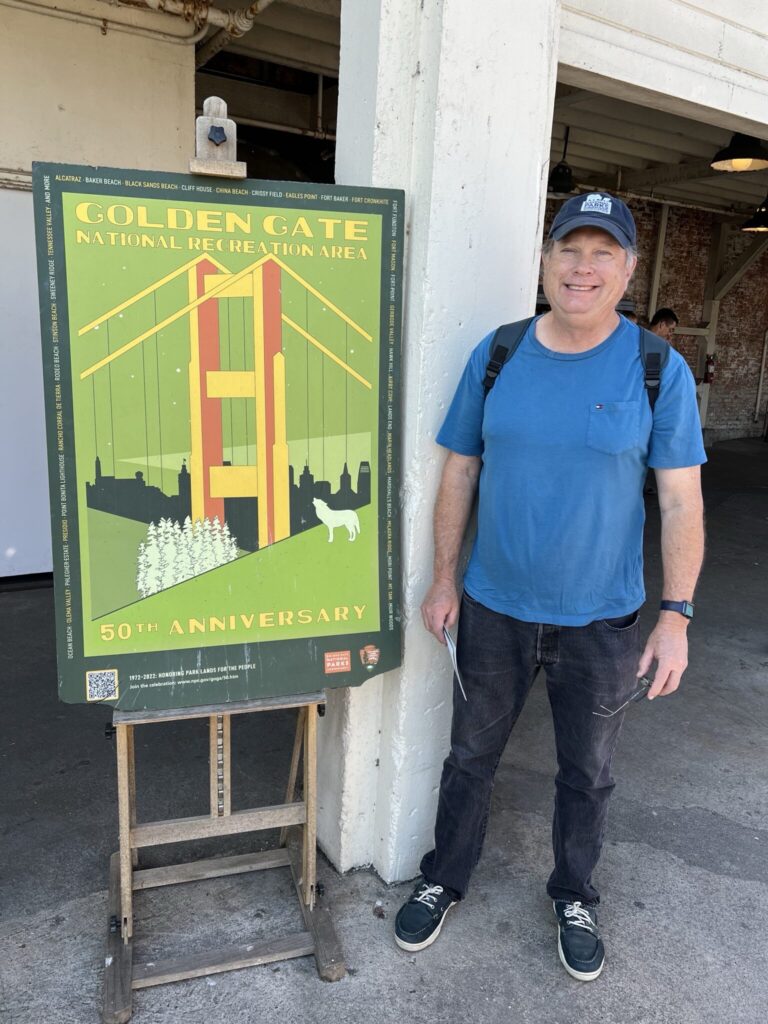
National Park Enthusiast
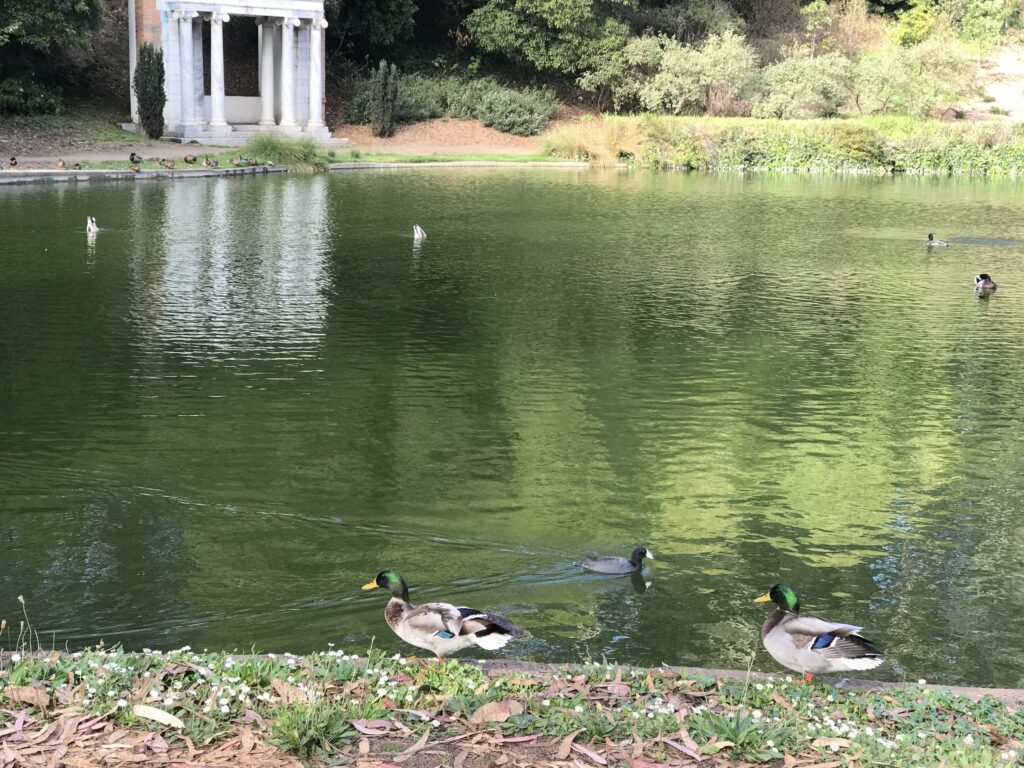
The National Parks administered in San Francisco include:
- Golden Gate National Recreation Area: This urban park is one of the largest in the world, covering more than 80,000 acres and encompassing over 37 distinct parks, sites, and memorials in San Francisco and north around Marin County. Attractions within the park include the iconic Golden Gate Bridge, Alcatraz Island, Muir Woods National Monument, the Fort Point National Historic Site, and the Presidio. The park offers diverse landscapes, historic sites, and stunning views of the bay and the city123.
- Muir Woods National Monument: Known for its old-growth coastal redwood trees, Muir Woods offers visitors the opportunity to experience a pristine and ancient forest. The park features well-maintained trails that allow visitors to immerse themselves in the beauty of the towering redwoods and the peaceful surroundings. It is a popular destination for nature lovers and hikers seeking a tranquil escape from the city3.
- Point Reyes National Seashore: Located just north of San Francisco, this park offers a rugged coastline, expansive beaches, and diverse wildlife. Visitors can explore the dramatic cliffs, expansive grasslands, and the historic Point Reyes Lighthouse. The park is a haven for birdwatching, hiking, and wildlife viewing, making it an important natural and recreational resource3.
- Alcatraz Island: Known for its historic federal prison, Alcatraz Island is part of the Golden Gate National Recreation Area. The island offers guided tours that provide insight into its history as a military fortification and a federal prison. It is a significant historical site and a popular tourist destination, attracting visitors from around the world4.
- San Francisco Maritime National Historical Park: This park preserves and interprets the maritime history of the city and the Pacific Coast. It includes a fleet of historic ships, a visitor center, and a maritime museum. Visitors can explore the historic vessels and learn about the maritime heritage of San Francisco and the West Coast4. The San Francisco Maritime National Historical Park, located in the Fisherman’s Wharf neighborhood, offers visitors a journey into the 19th-century maritime history of the Pacific Coast. The park includes a magnificent fleet of historic ships, a Visitor Center, Maritime Museum, Maritime Research Center, and the Aquatic Park Historic District. The collections within the park have become the largest maritime collection on the West Coast and the largest museum and research collection in the region.
- Aquatic Park The park’s Maritime Museum, housed in the historic Aquatic Park Bathhouse Building, showcases the skills and techniques of the sailors’ trade and features WPA-era murals in the lobby that have been restored. The building itself, designed in the Streamline Moderne style, is a focal point of the Aquatic Park Historic Landmark District. The San Francisco Maritime National Historical Park was authorized in 1988, and the maritime museum is among the park’s many cultural resources. The park is a significant historical and cultural resource, preserving and sharing the maritime history of the West Coast and the California Gold Rush. It offers visitors the opportunity to explore and learn about the rich maritime heritage of San Francisco and the Pacific Coast, making it a valuable asset to the nation’s historical and cultural landscape1235.
- Maritime Museum: The Aquatic Park Bathhouse Building, also known as the Maritime Museum, is of significant historical and cultural importance. Built in 1939 as a joint project of the City of San Francisco and the New Deal Works Progress Administration (WPA), the building is a showcase for art created during the 1930s by Sargent Johnson and Hilaire Hiler. It is designed in the Streamline Moderne style, a late offshoot of the Art Deco period, and mimics the clean lines of an ocean liner. The building is the most notable structure in the Aquatic Park Historic Landmark District and is recognized for its architectural significance.The Aquatic Park Bathhouse Building is home to the Maritime Museum, which features the exhibit “Maritime Arts – At Sea and Ashore,” showcasing the skills and techniques of the sailors’ trade. The museum was operated by the San Francisco Maritime Association until it was transferred to the National Park Service in 1978. The WPA-era murals in the lobby have been restored, depicting a dreamy and strange underwater world.The building has been a focal point of the Aquatic Park Historic Landmark District and has been described as “one of the most sophisticated WPA building jobs in the U.S.” The bathhouse is significant not only for its architectural style but also for the surreal and abstract forms found in the WPA artwork, which are not commonly seen in other WPA projects. The work of artist Sargent Johnson, a nationally recognized sculptor, is incorporated into the entrance and back porch of the bathhouse.The Aquatic Park Bathhouse Building has been a part of San Francisco’s maritime history and has undergone various transformations, from being occupied by troops during World War II to becoming the country’s first Senior Center. It has been a site of cultural and historical significance, and its restoration and preservation have contributed to its continued importance as a landmark in San Francisco’s maritime heritage1234.
These National Parks and historical districts in San Francisco are of great importance to the nation as they preserve significant historical, cultural, and natural resources. They offer visitors the opportunity to explore and learn about the diverse heritage and natural beauty of the region, making them valuable assets to the nation’s historical and recreational landscape145.
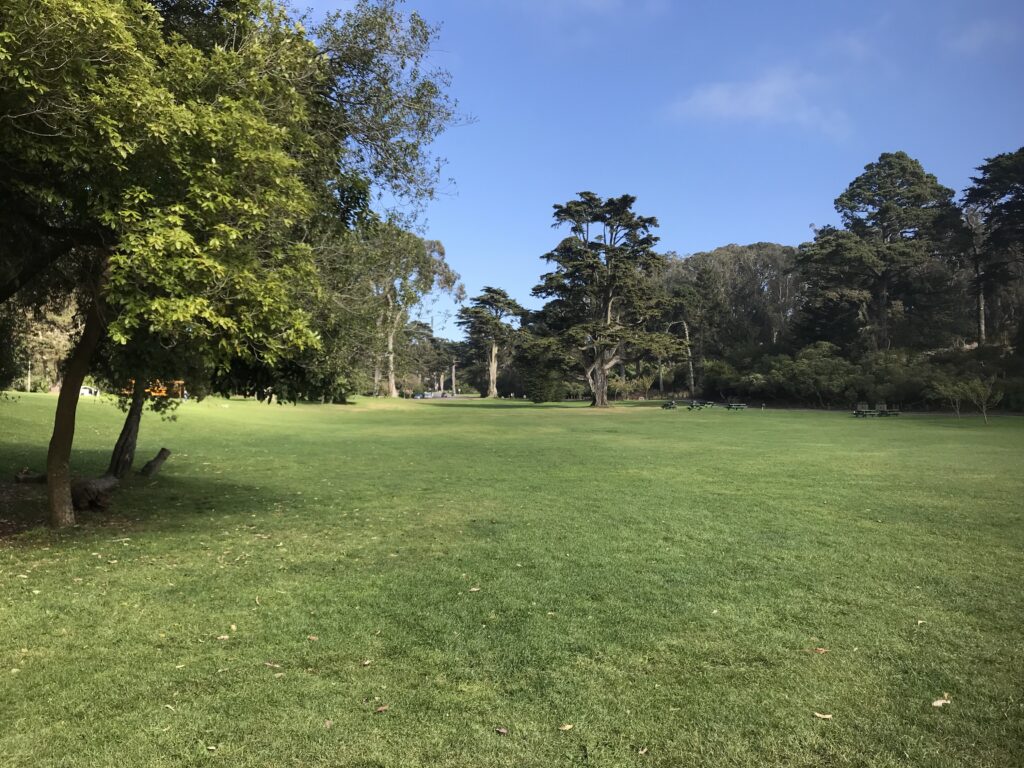
Railroad Enthusiast
Railroad enthusiasts visiting San Francisco can explore the city’s rich railroad history and its impact on the development of the region. The city played a pivotal role in the expansion of the railroad network in the western United States, and several key historical sites and attractions are of interest to railroad enthusiasts:
- Central Pacific Railroad: The Central Pacific Railroad, one of the first transcontinental railroads in North America, played a crucial role in connecting the western and eastern United States. The railroad was part of the First Transcontinental Railroad, linking San Francisco with the eastern seaboard.
- The Big Four: Leland Stanford, Collis P. Huntington, Mark Hopkins, and Charles Crocker, known as the “Big Four,” were influential figures in the development of the Central Pacific Railroad. Their contributions and business dealings significantly impacted the growth of the railroad network in the Bay Area and beyond.
- Alcatraz Prisoner Transport: Alcatraz Island, known for its infamous federal prison, utilized a rail system to transport supplies and prisoners to and from the island. The rail system played a crucial role in the operation of the prison and is of historical interest to railroad enthusiasts.
- Cable Cars: San Francisco’s iconic cable cars, which have been in operation since the late 19th century, are a unique and historic mode of transportation. The cable car system is a National Historic Landmark and continues to be a popular attraction for visitors to the city.
- Railroad Museums: The San Francisco Bay Area is home to several railroad museums and historical sites that showcase the region’s railroad heritage. These museums offer exhibits, artifacts, and educational programs that highlight the history of railroads in the area.
Amtrak passengers traveling to the InterContinental San Francisco or other hotels in the city can access the hotel via public transportation, including the city’s extensive network of buses, light rail, and cable cars. Additionally, taxis and ride-sharing services are readily available for transportation to and from the hotel. Amtrak provides its own buses from Emerville which are booked when train tickets are purchased.
San Francisco’s rich railroad history, iconic cable cars, and historical sites offer a wealth of opportunities for railroad enthusiasts to explore and learn about the city’s significant contributions to the development of the railroad network in the western United States.
The history of San Francisco’s cable cars is a tale of resilience and preservation, In 1873, Andrew Smith Hallidie’s invention sparked a transportation sensation. Based on early mining conveyance systems, the cable car system was born, And for over 30 years, it dominated the city’s transit scene. By 1941, when cable lines in Seattle and Tacoma closed, San Francisco stood alone, The closure of a cable line in New Zealand in 1957 made San Francisco’s cable cars known.
Threatened with scrapping in 1947, cable car lovers rallied to defend the system’s fate, And when the original installations wore out in the early 1980s, the city rebuilt its cable car network, creating a new state. In 1964, San Francisco’s cable cars were named the first moving National Historic Landmark, A testament to their enduring charm and significance, standing tall and stark.
In 1971, San Francisco voters mandated the continued operation of cable cars, a pivotal decree, Preserving a cherished symbol of the city’s heritage for all to see. Today, San Francisco’s cable cars are a National Historic Landmark, a testament to their enduring appeal, A living piece of history, a beloved icon that continues to captivate and reveal.
The cable car system, with its rich history and enduring legacy, remains a cherished part of San Francisco’s identity, A symbol of resilience, preservation, and the city’s unwavering pride and unity.
Currently, there are 44 cable cars in operation in San Francisco. These iconic cable cars are a symbol of the city’s history and are a beloved mode of transportation for both residents and visitors. The cable car system is a National Historic Landmark and continues to be a popular attraction for those exploring the city.
The cable cars are operated by a conductor and a gripman, and they are known for their unique and charming ride experience, offering stunning views of the city’s hilly terrain and iconic landmarks.
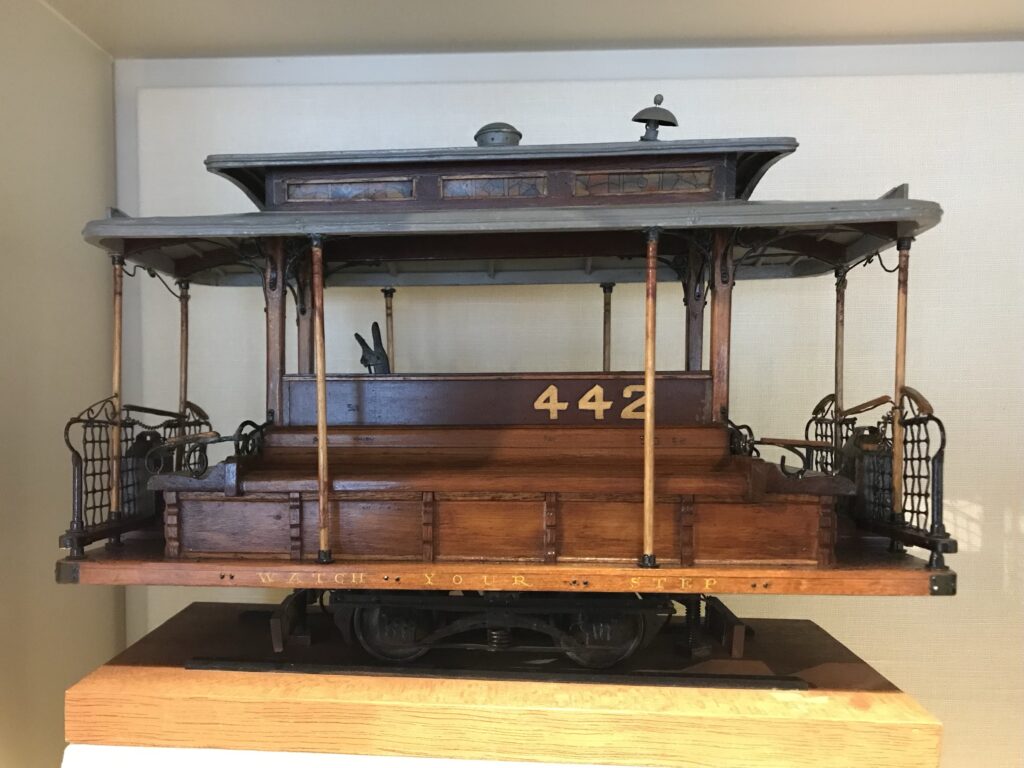
The San Francisco Cable Car Museum, located at 1201 Mason Street, provides a comprehensive history of the city’s cable cars and showcases the enormous mechanisms that keep the system running. The museum is open every day of the year, except for Thanksgiving, Christmas, and New Year’s Day, and admission is free. It offers visitors the opportunity to learn about the technology and history of San Francisco’s cable cars, making it a must-visit destination for enthusiasts and those interested in the city’s transportation heritage.
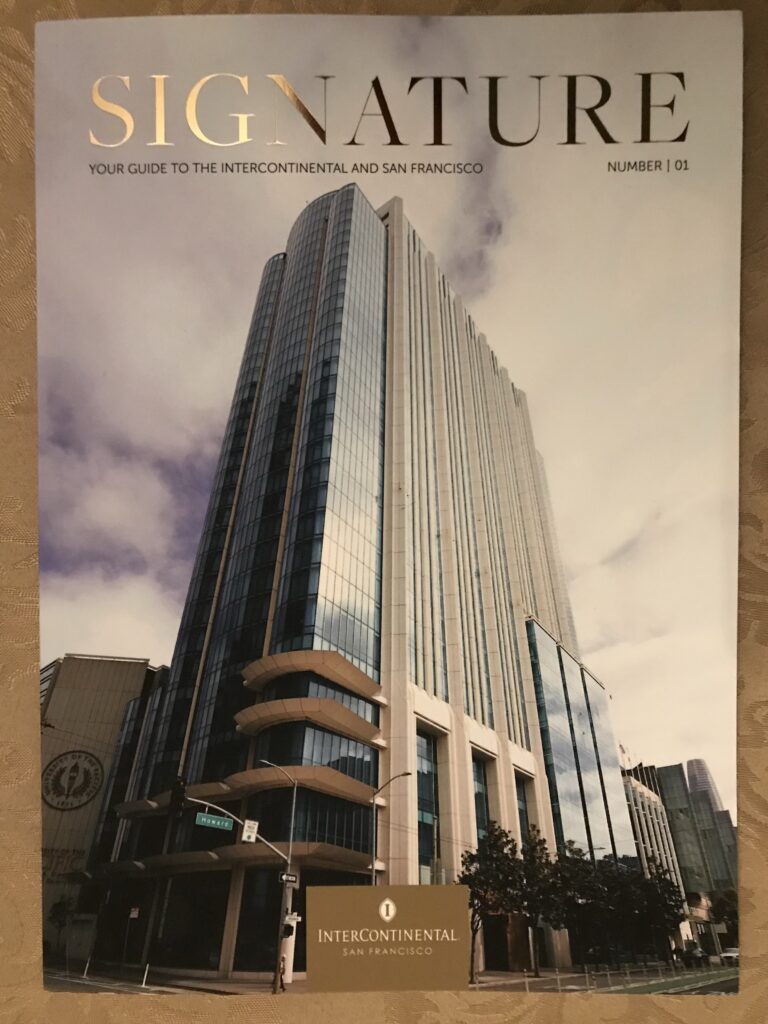
Amtrak passengers traveling to the InterContinental San Francisco or other hotels in the city can access the hotel via public transportation, including the city’s extensive network of buses, light rail, and cable cars. Additionally, taxis and ride-sharing services are readily available for transportation to and from the hotel.
The Bay Area Rapid Transit (BART) system has a rich history and is a key mode of transportation in the San Francisco Bay Area. BART is a regional rail system that connects San Francisco with the East Bay, the Peninsula, and the San Francisco International Airport (SFO). The system has played a significant role in shaping the region’s transportation network and is a popular choice for commuters and visitors.
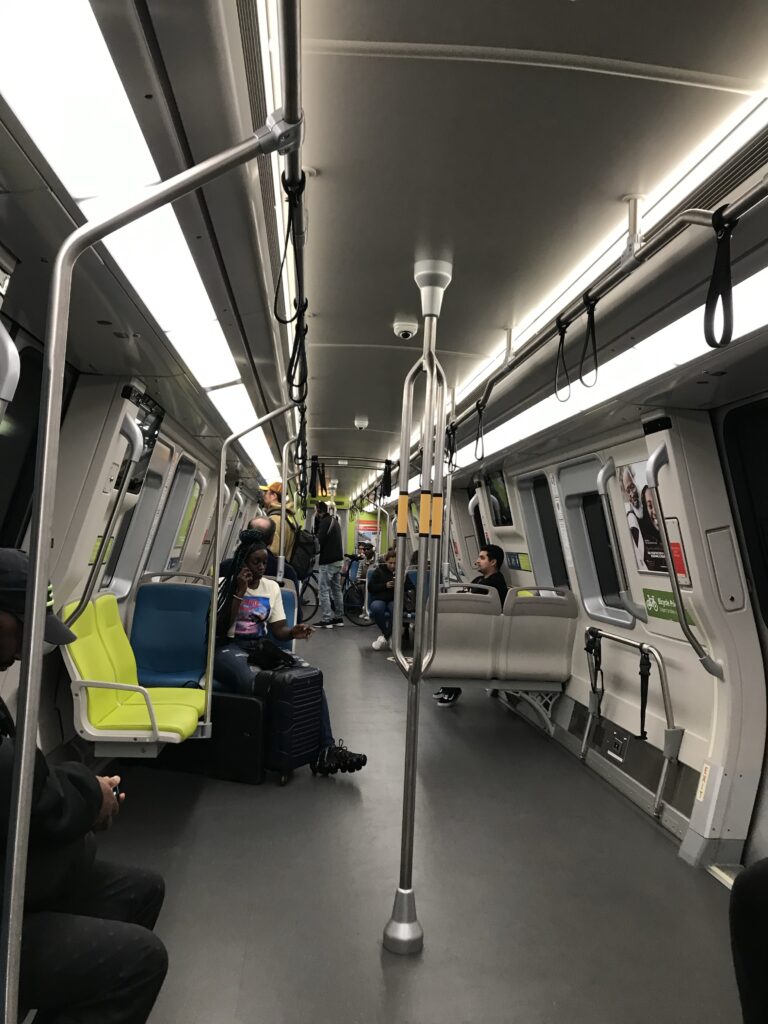
The BART system was conceived in the 1940s and 1950s as a solution to the growing traffic congestion in the Bay Area. Construction of the system began in the 1960s, and the first section of BART opened for service in 1972. Since then, the system has expanded to serve a wide range of destinations, providing a convenient and efficient means of travel throughout the region.
The Emeryville Amtrak station is conveniently located near the MacArthur BART station, which is the closest BART station to the Emeryville area. From the MacArthur station, passengers can access the BART system to travel to various destinations, including downtown San Francisco, Chinatown, and the Mission District.
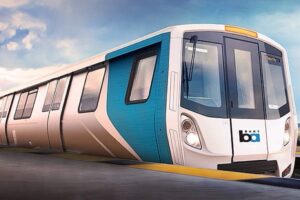
BART provides convenient access to popular destinations in San Francisco, including the InterContinental San Francisco, Chinatown, and the Mission Dolores area. Passengers can purchase a BART ticket or a Clipper card to access the system, and day passes are available for unlimited travel within the BART network for a single day. There are senior discount cards available at the Embarcadero ferry dock. We used the BART and Cable Car stations near the Intercontinental Hotel for our 2023 Thanksgiving trip.
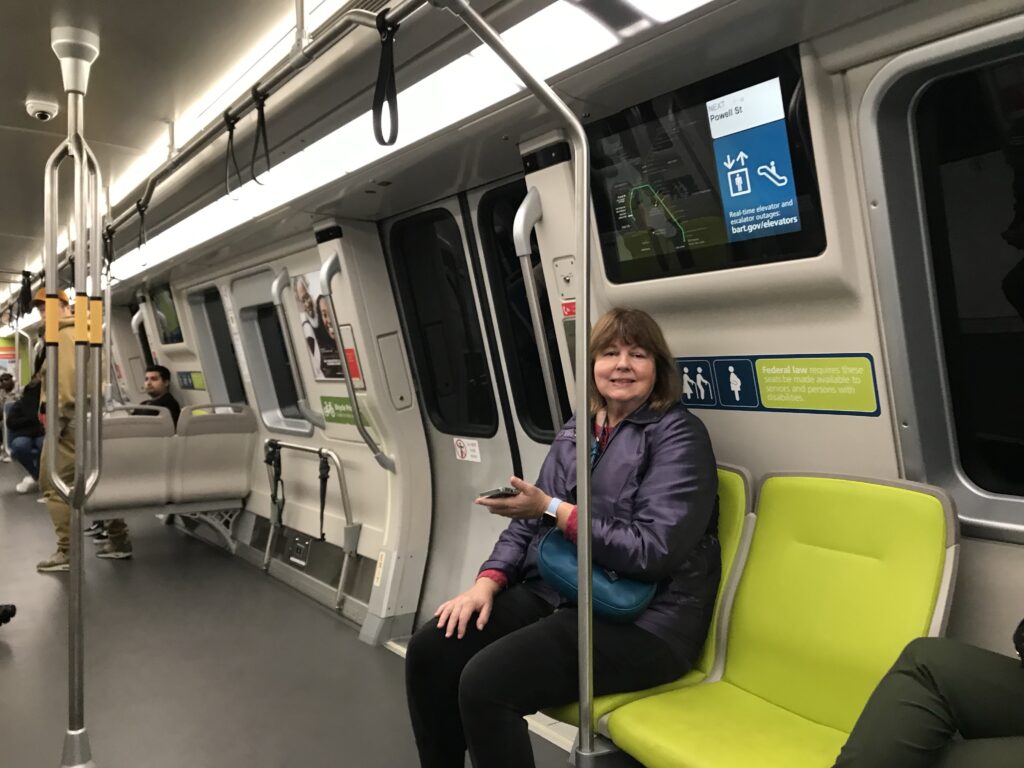
The BART system offers a convenient and efficient way for Amtrak passengers to access the InterContinental San Francisco and other destinations in the city, making it a popular choice for travelers exploring the Bay Area.
Opera Fan:
San Francisco Opera is known for its diverse and outstanding opera performances.
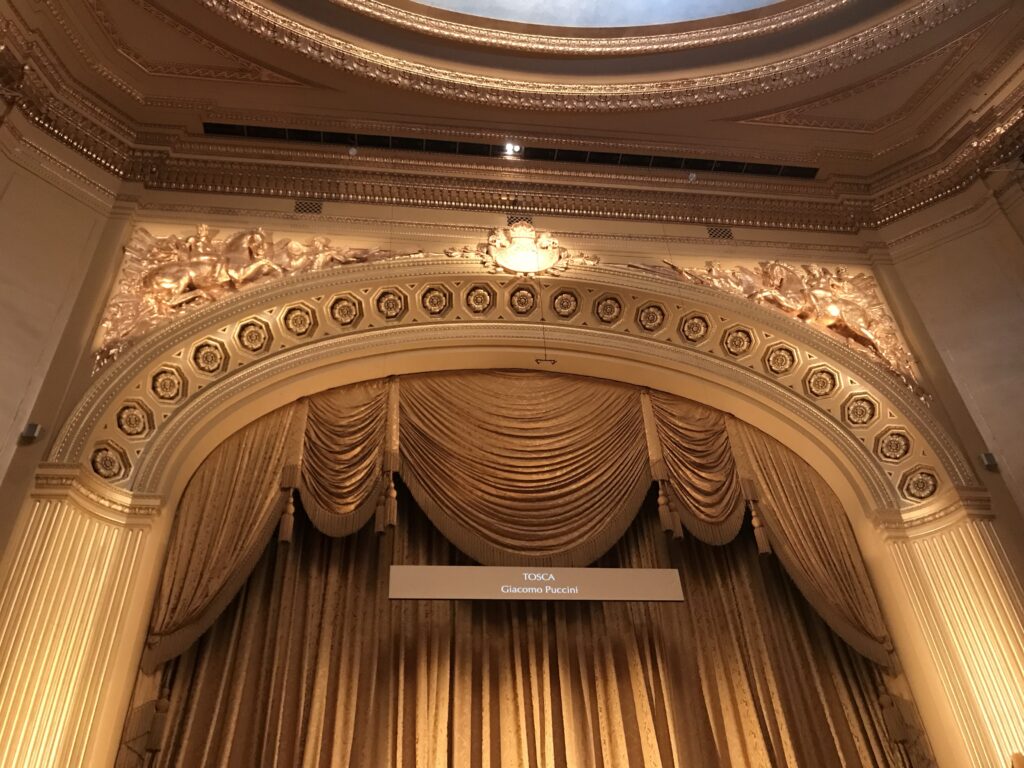
Some of the outstanding operas performed in San Francisco include:
- The Elixir of Love: A comic opera by Gaetano Donizetti, known for its beautiful melodies and lighthearted storyline.
- Partenope: An opera by George Frideric Handel, celebrated for its intricate and captivating music.
- The Magic Flute: A masterpiece by Wolfgang Amadeus Mozart, renowned for its enchanting music and fantastical storytelling.
- Innocence: An American premiere by Grammy Award-winning composer Kaija Saariaho, offering a contemporary and thought-provoking opera experience.
- Omar: Winner of the 2023 Pulitzer Prize for music, this new opera from Grammy-winning artist Rhiannon Giddens and composer Michael Abels.
These operas showcase the diversity and artistic excellence of the San Francisco Opera, offering audiences a wide range of compelling and innovative performances.
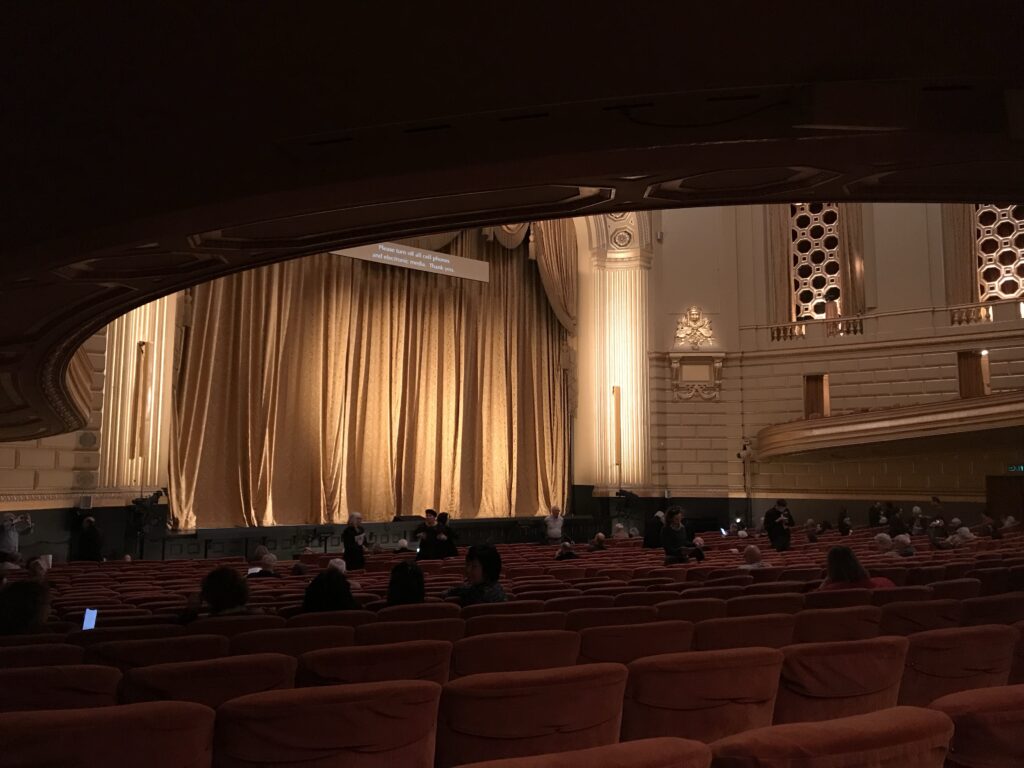
The San Francisco Opera’s staging of the Ring Cycle has been both celebrated and controversial. The Ring Cycle is known for its grand scale, complex music, and intricate staging requirements. The controversy surrounding the Ring Cycle stems from its demanding nature, both musically and logistically. The scale of the production, including its length and technical requirements, presents significant challenges for opera companies.
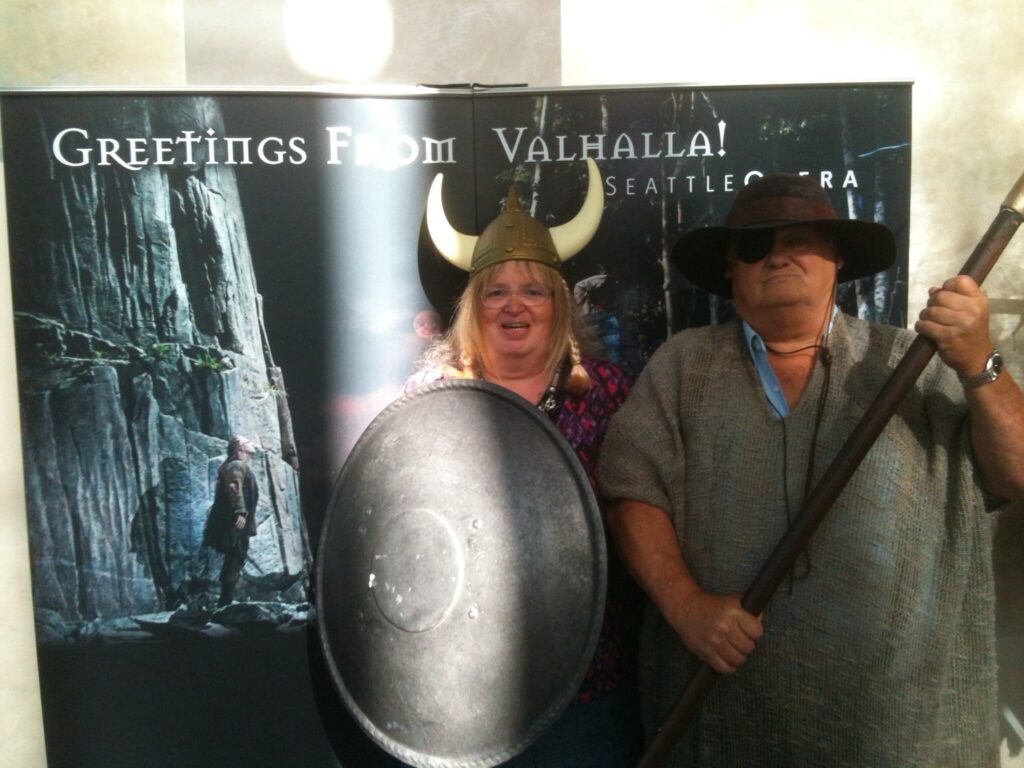
Additionally, the Ring Cycle’s themes and interpretations have sparked debates and controversies within the opera community and among audiences. However, the work’s artistic and musical significance has made it a sought-after and prestigious production for opera companies around the world. San Francisco Opera’s production of the Ring Cycle has been a significant achievement, showcasing the company’s artistic ambition and technical prowess.
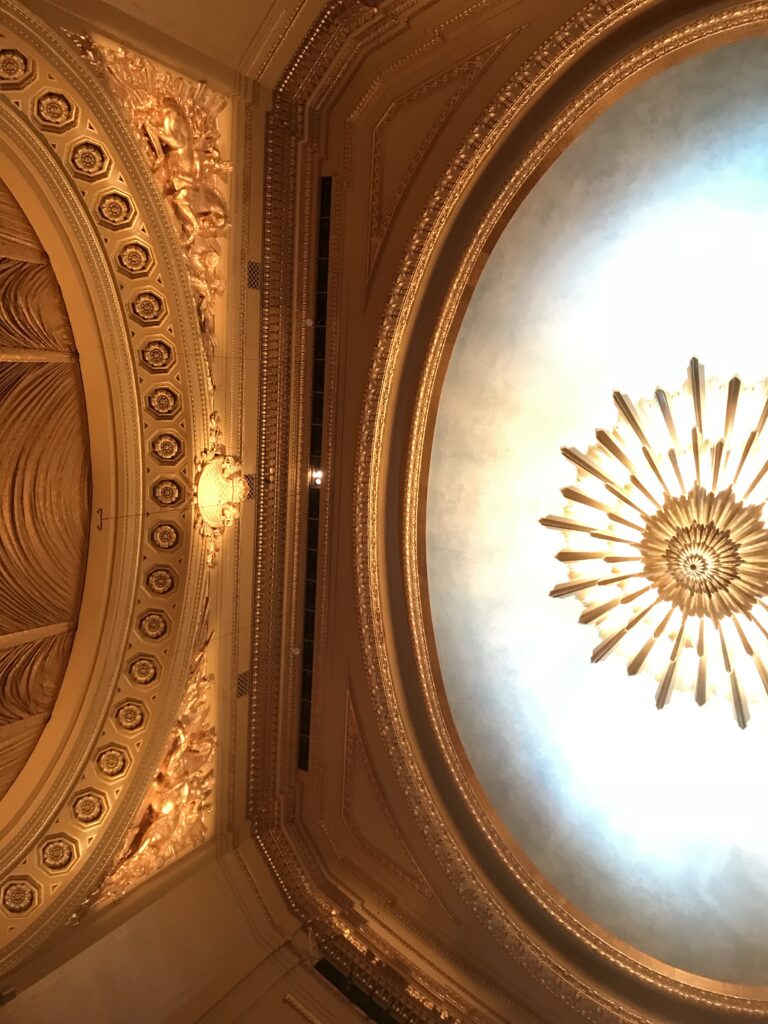
Catholic
Saint Francis of Assisi, after whom the city was named, was an Italian Catholic friar and preacher.
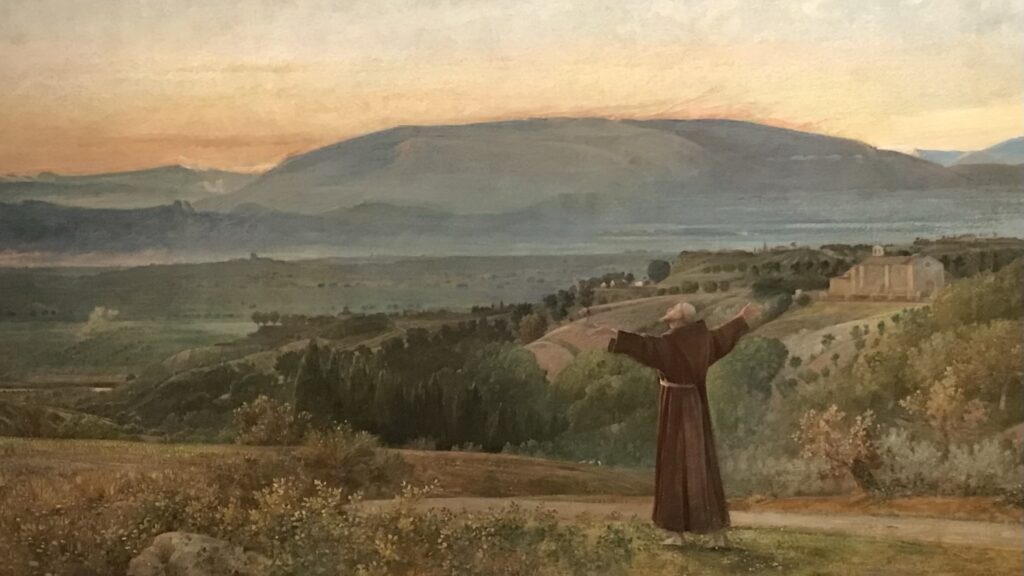
He founded the men’s Order of Friars Minor, the women’s Order of Saint Clare, the Third Order of Saint Francis, and the Custody of the Holy Land. He is one of the most venerated religious figures in history.
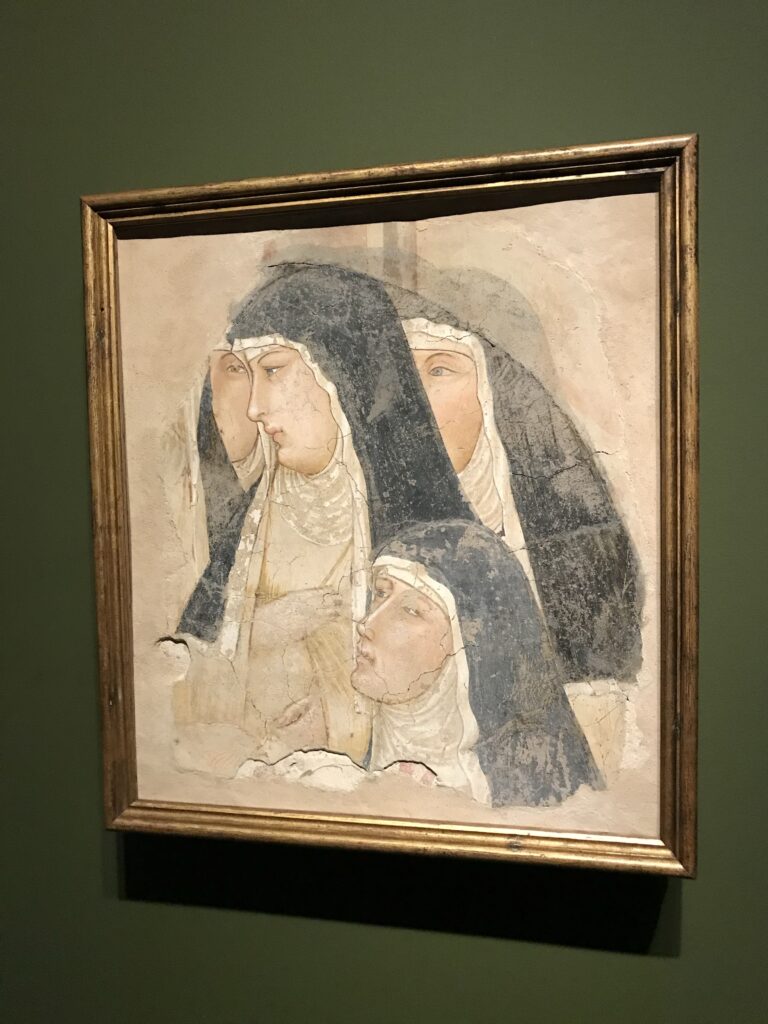
San Francisco was named after Saint Francis of Assisi, a venerated religious figure known for his devotion to poverty, charity, and personal charisma. He founded the Franciscan orders of the Friars Minor, the women’s Order of St. Clare, and the lay Third Order, and was a leader of the movement of evangelical poverty in the early 13th century3. The city was originally named “Yerba Buena” after a native plant, but in 1846, it was renamed “San Francisco” in honor of Saint Francis of Assisi2.
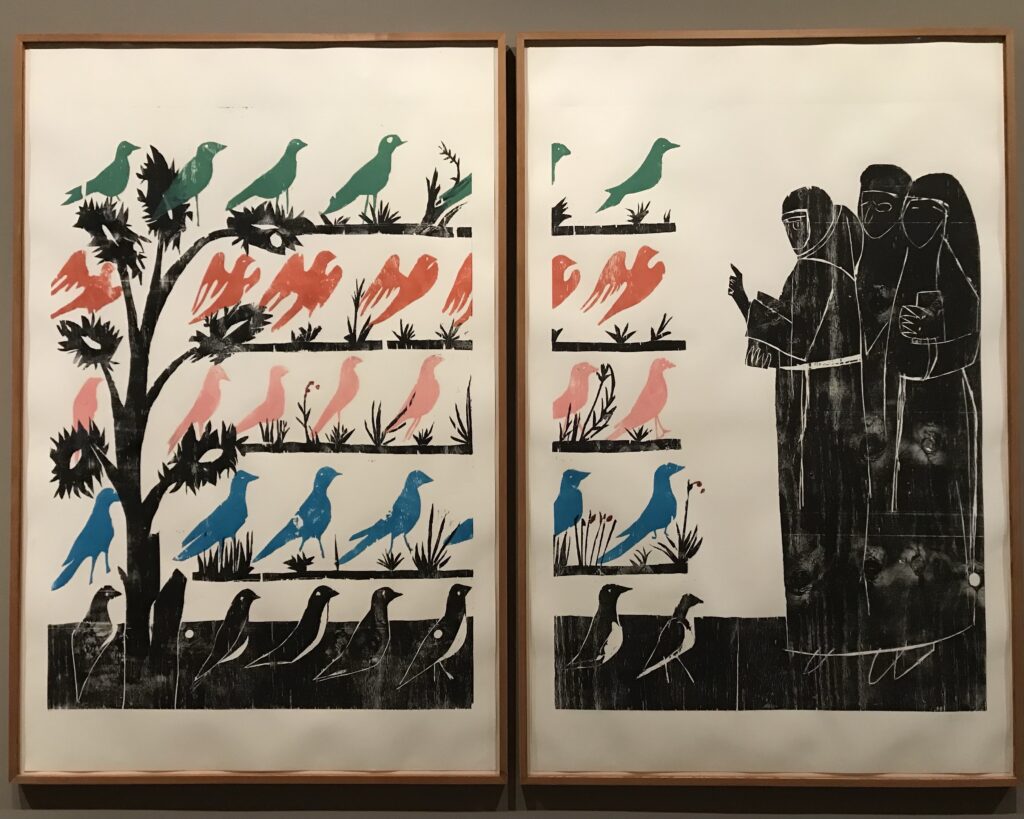
Saint Francis of Assisi is particularly renowned for his love for animals and nature. He is often depicted preaching to birds and taming a wolf that had been terrorizing the town of Gubbio. His deep connection with nature and animals has made him the patron saint of ecology, and he is celebrated for his compassion and empathy towards all living beings3.
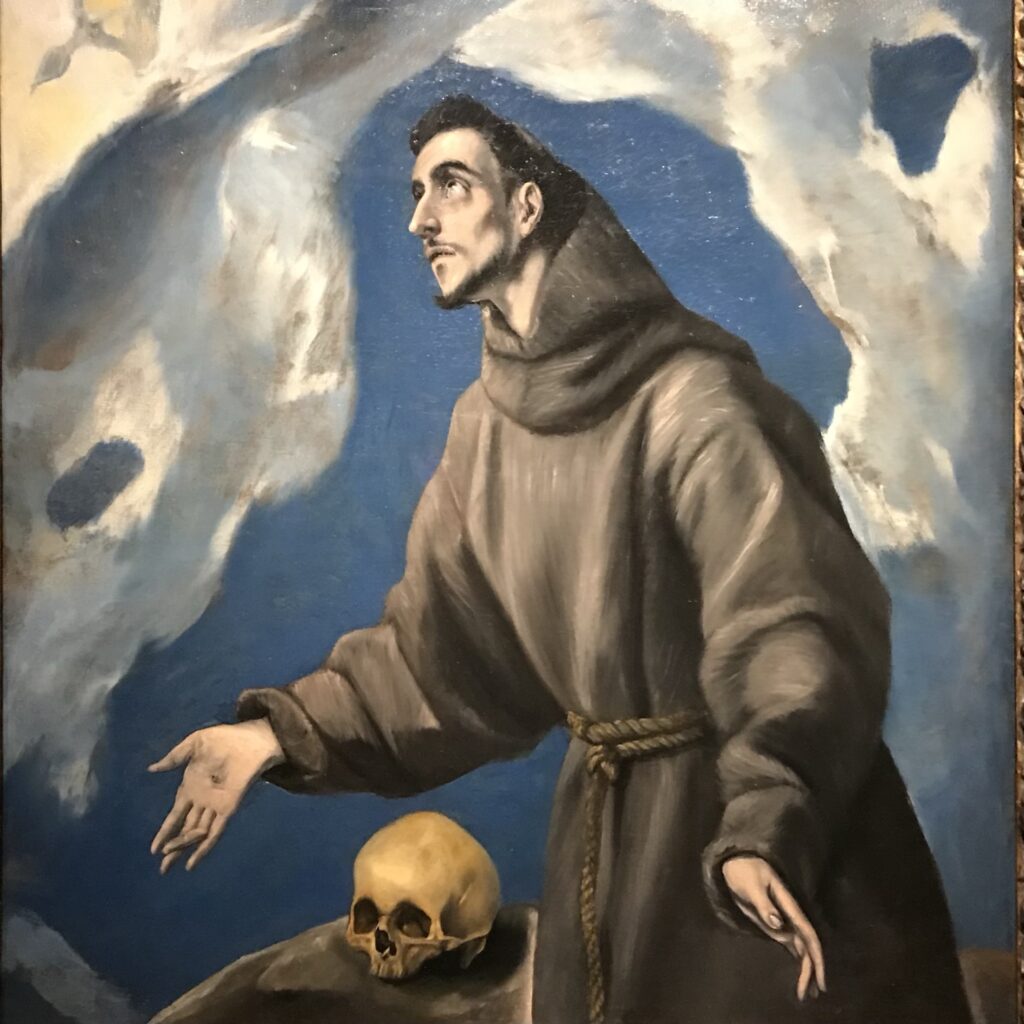
As the patron saint of animals and ecology, his engagement with the natural world has in modern times become perhaps his defining feature. These associations are most eloquently expressed in the Canticle of the Sun, written when Francis was suffering from physical infirmities at the end of his life. It is a hymn praising God for all of creation, sun and moon, earth, fire and water, living creatures and even ‘ Sister Death’. The recurring words, Laudato si’ (Praised be You’), were used by Pope Francis in 2015 as the title of his second encyclical, a document in which he – inspired by Saint Francis
– called for a radical transformation of politics, economics and individual lifestyles to confront environmental degradation and climate change, to preserve our ‘common home’
The Franciscan order, founded by Saint Francis, is a religious order within the Catholic Church. It is known for its commitment to living a life of poverty, humility, and service to the poor. The order has had a significant impact on the history of Christianity and continues to be active in various charitable and missionary works around the world3.
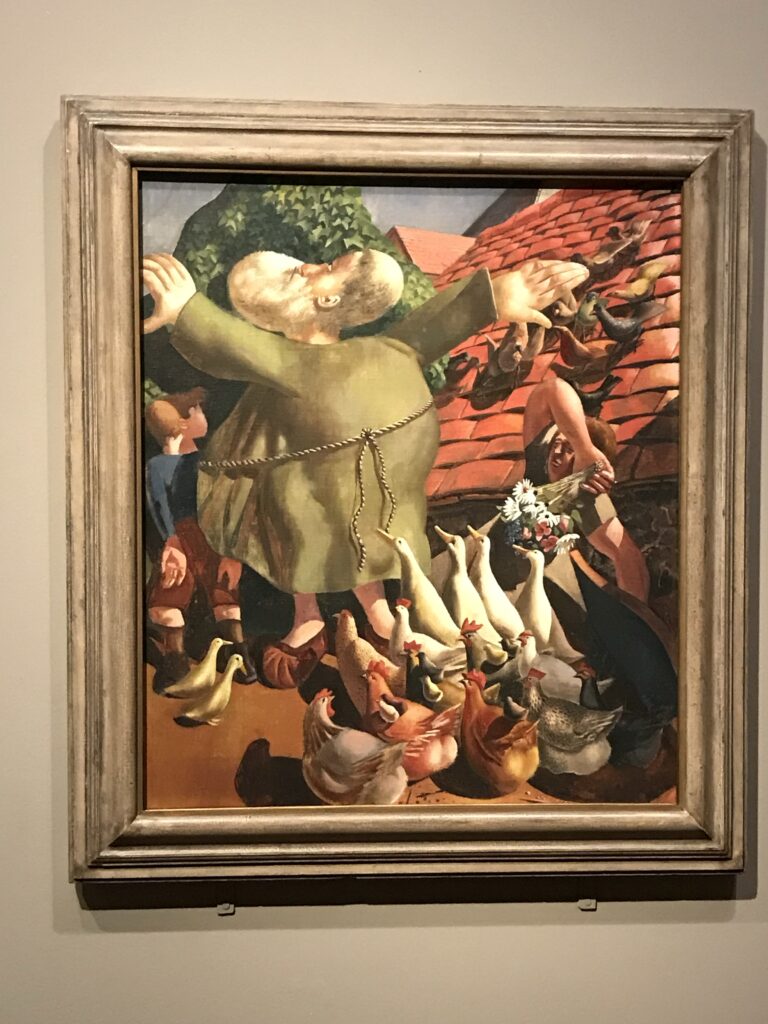
Wearing a dressing-gown and slippers, Spencer’s singular Francis leads a gaggle of hens and ducks down a sunny path. The artist’s ageing father was his model, and the bucolic scene is set in Berkshire instead of Umbria. He stated that it sprang from a motive of sincere regard for that person’.
His attentiveness reflected a wider interest in the saint that manifested itself in Britain in the 1920s, partly in response to the country’s poverty after the First World War. 08 on canvas Tate: Presented by the Trustees of the Chantrey Bequest, 1967
In San Francisco, there is the National Shrine of Saint Francis of Assisi, located in the historic North Beach district. The church, established in 1849, has a rich history and continues to bear witness to the legacy of Saint Francis of Assisi. It serves as a place of worship and pilgrimage, honoring the saint after whom the city was named4.
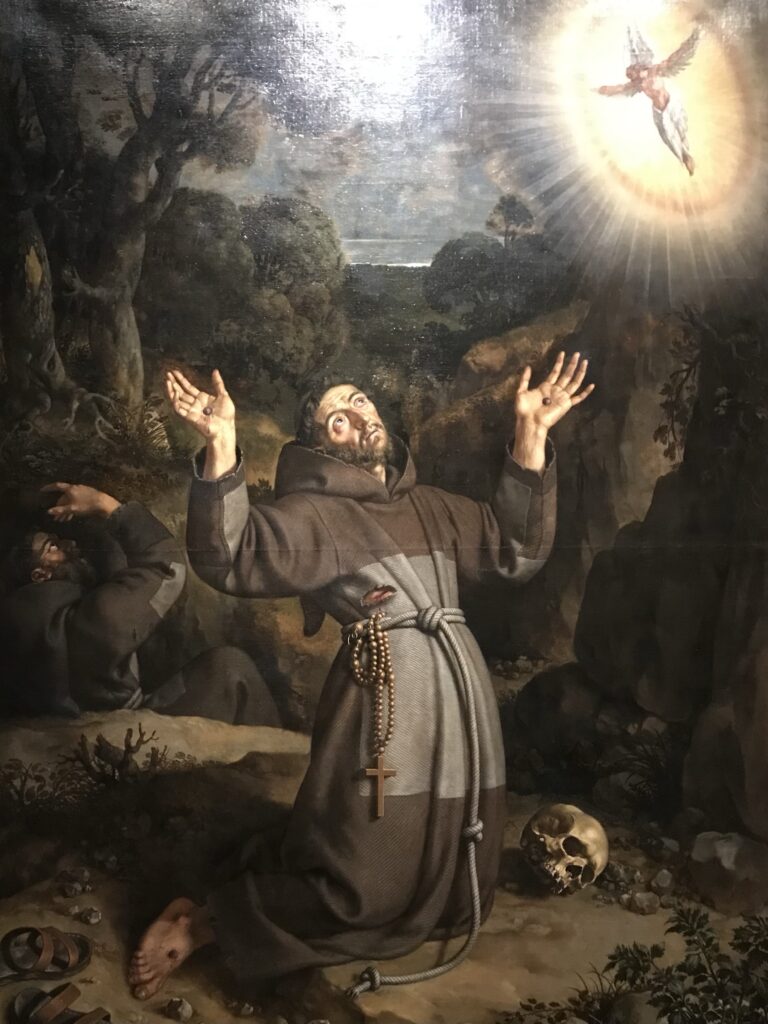
Staatliche Museen zu Berlin, Gemäldegalerie (638) X11581, X11976
Saint Francis of Assisi’s legacy and the Franciscan order have left a lasting impact on San Francisco, both in its name and in the spiritual and cultural fabric of the city.
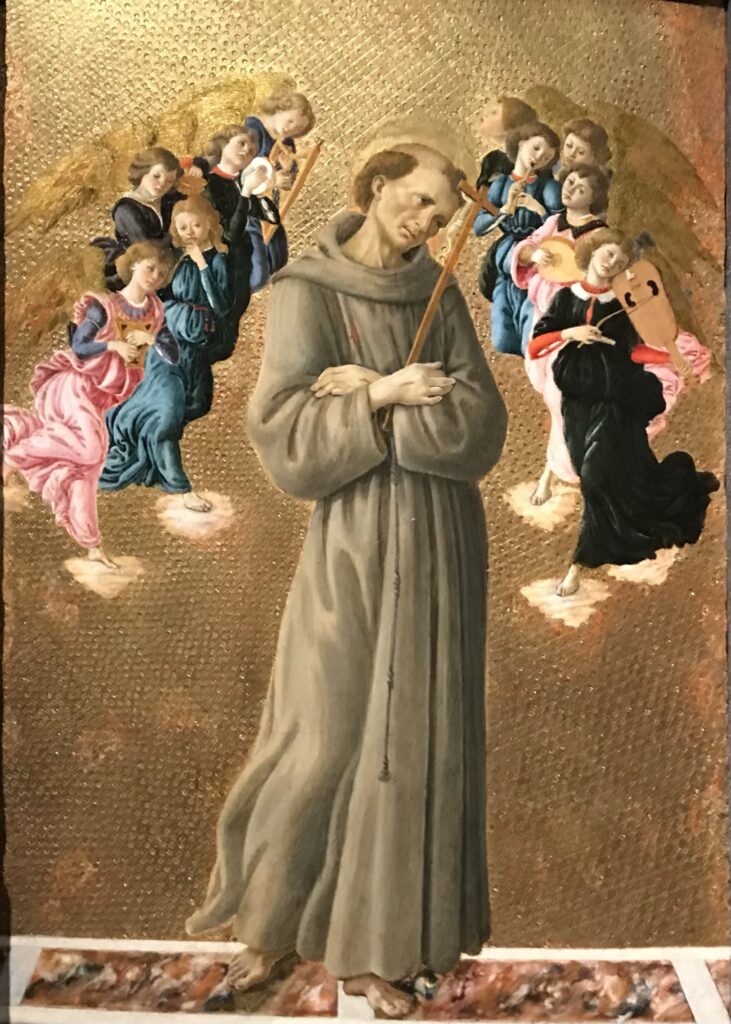
There is a mission in San Francisco. Mission San Francisco de Asís, commonly known as Mission Dolores, is a Spanish Californian mission and the oldest surviving structure in San Francisco. It was founded on June 29th, 1776, just five days before the Declaration of Independence. The settlement was named for St. Francis of Assisi, the founder of the Franciscan Order, and is often called Mission Dolores due to its close proximity to a nearby creek named Arroyo de los Dolores.
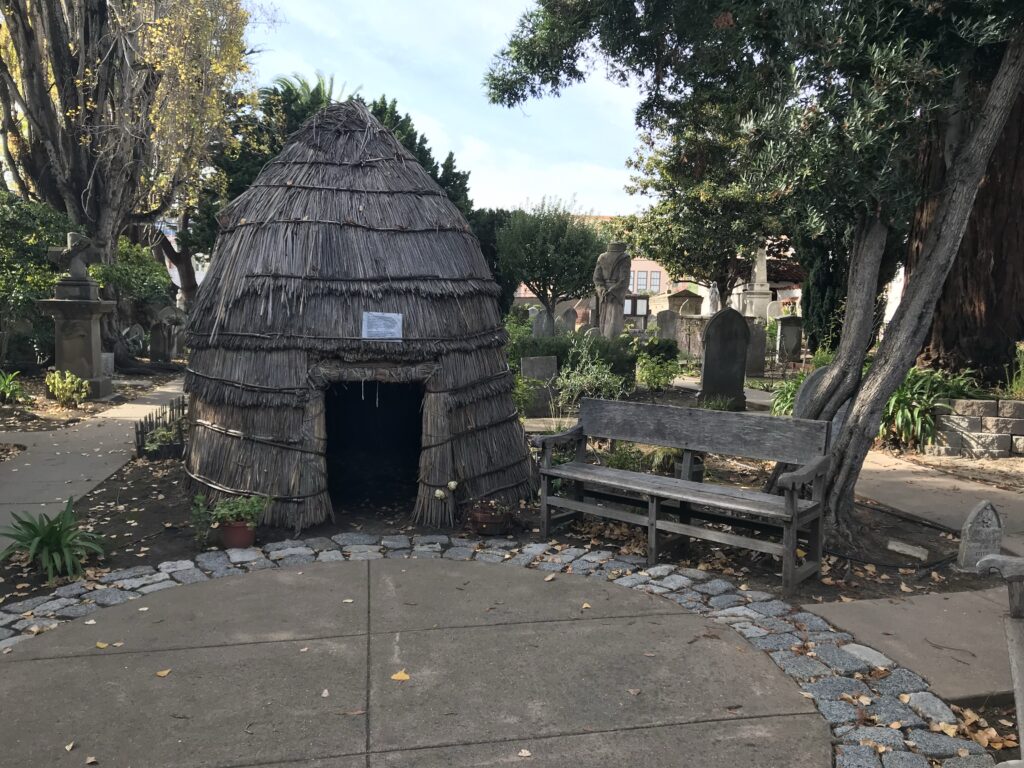
The mission has been a steadfast witness to the span of San Francisco’s history, including the California Gold Rush and the 1906 San Francisco Earthquake.
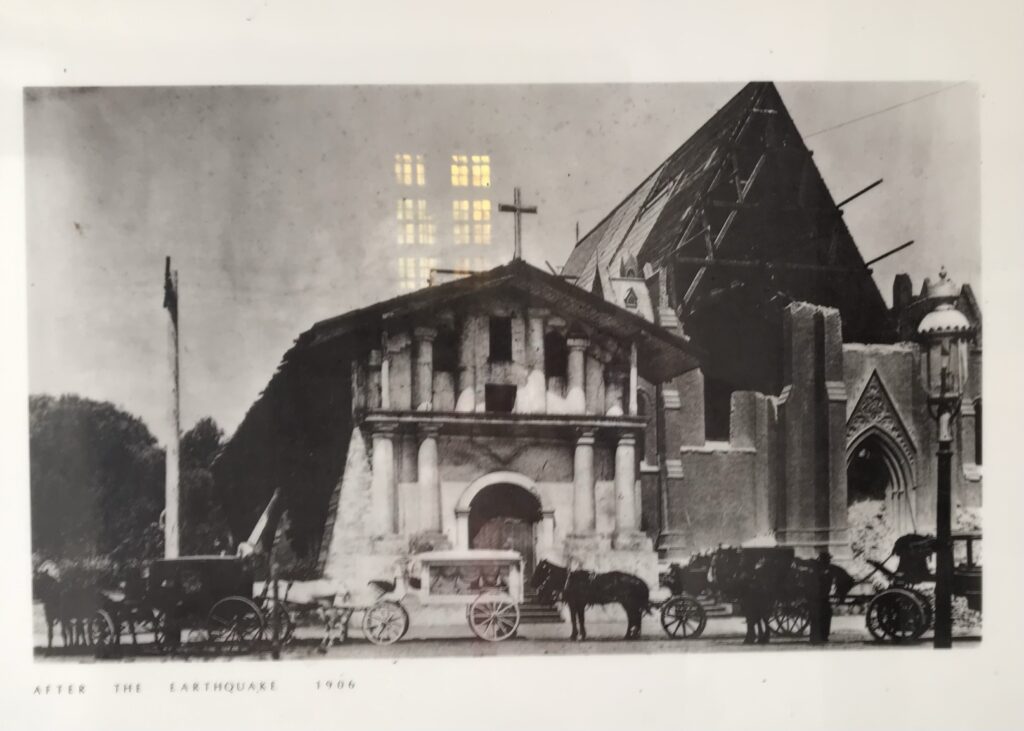
The Mission Cemetery is the only cemetery that remains within the city limits and is the final resting place for numerous Ohlone, Miwok, and other First Californians, as well as notable California pioneers.
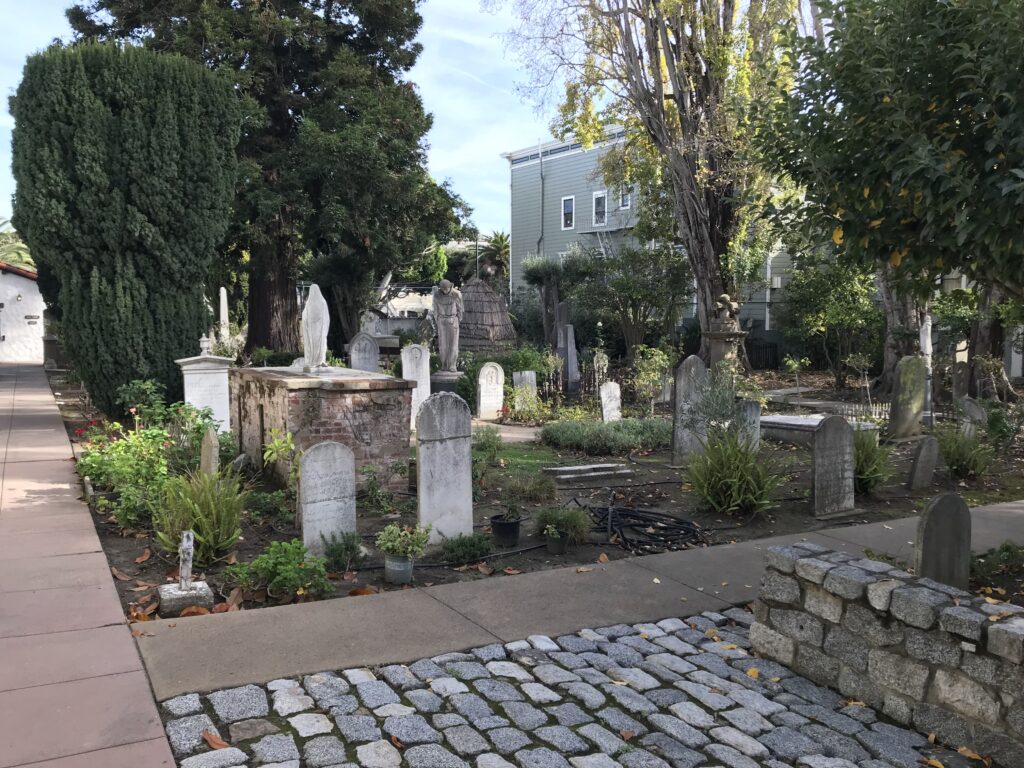
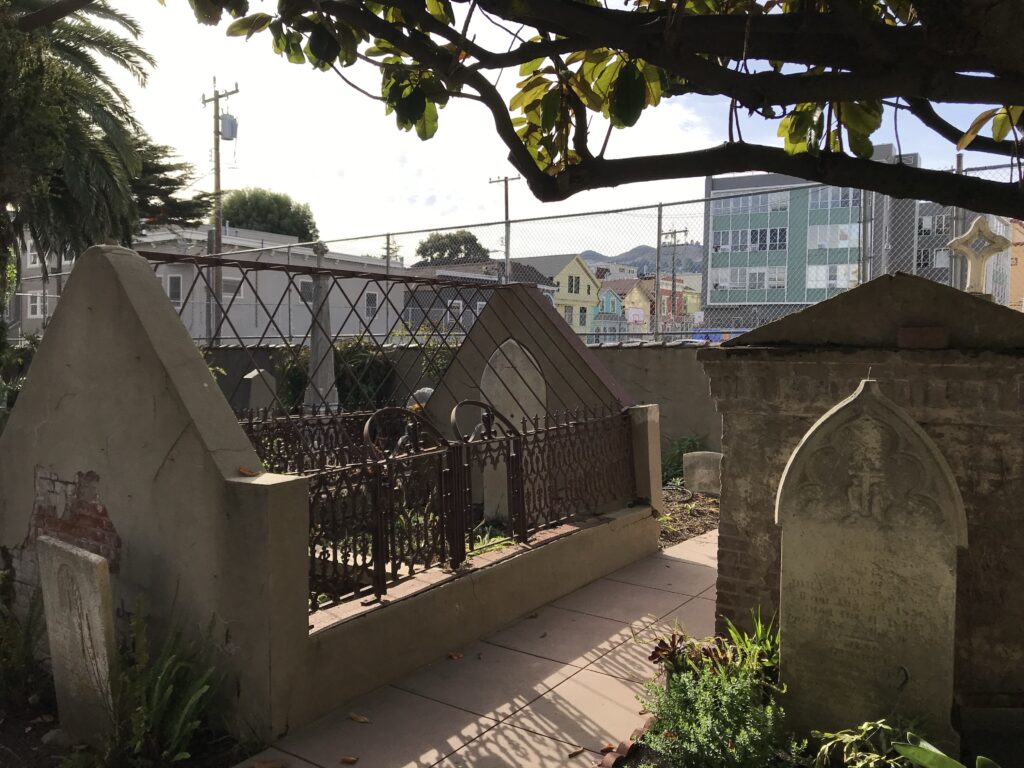
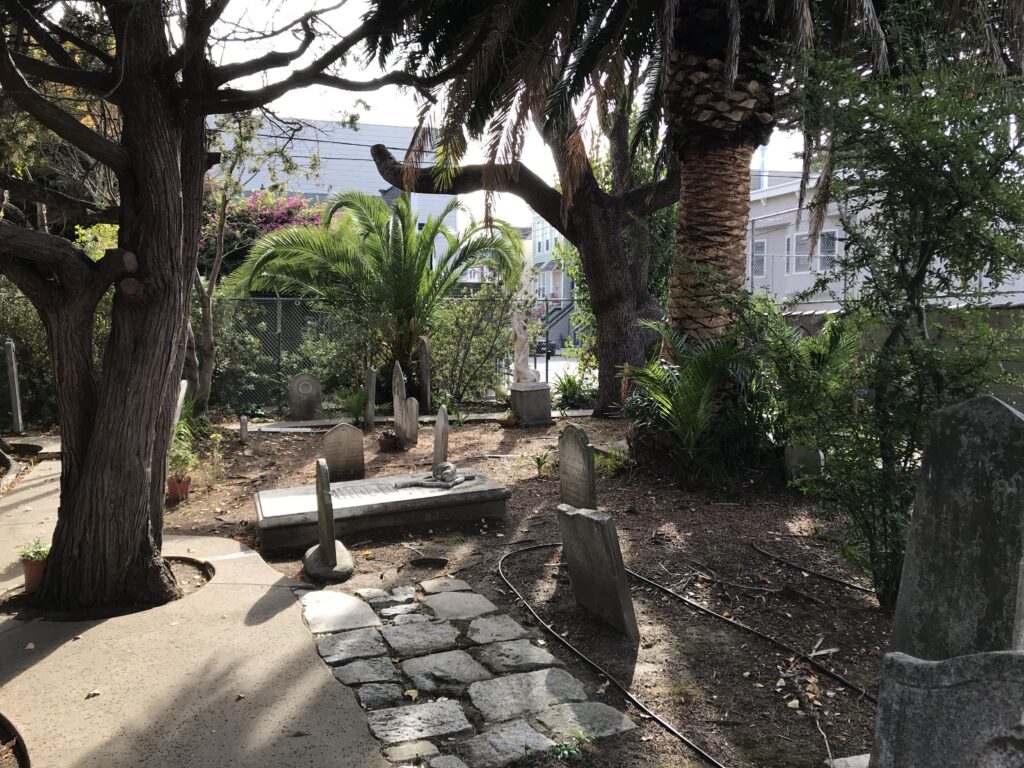
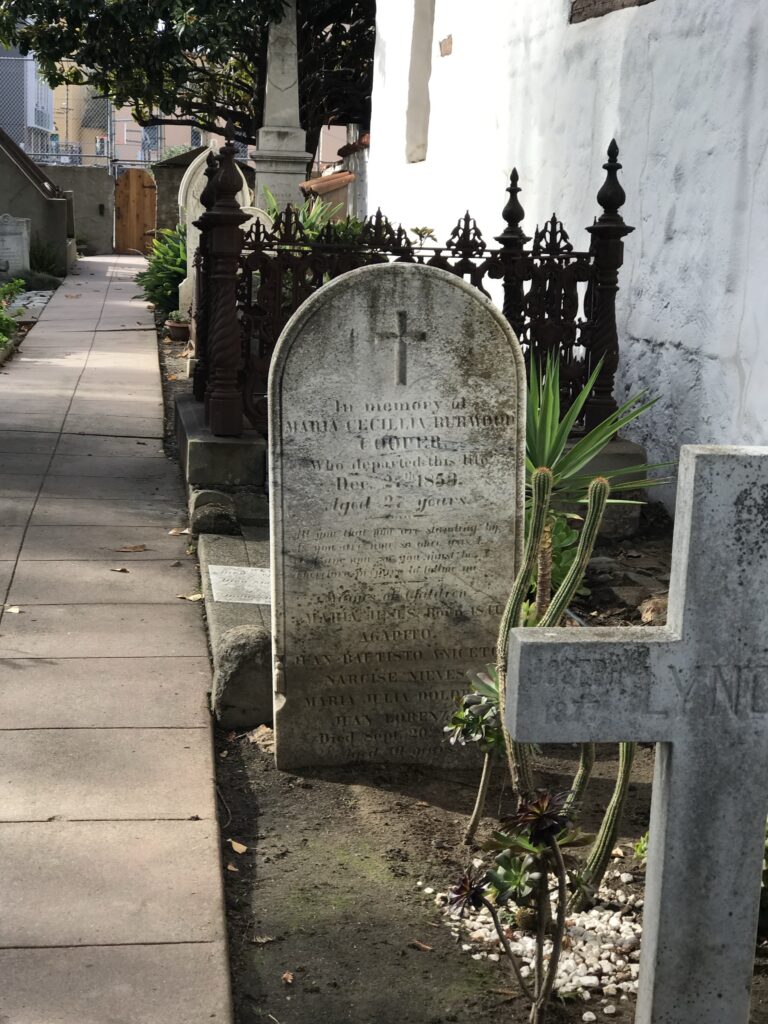
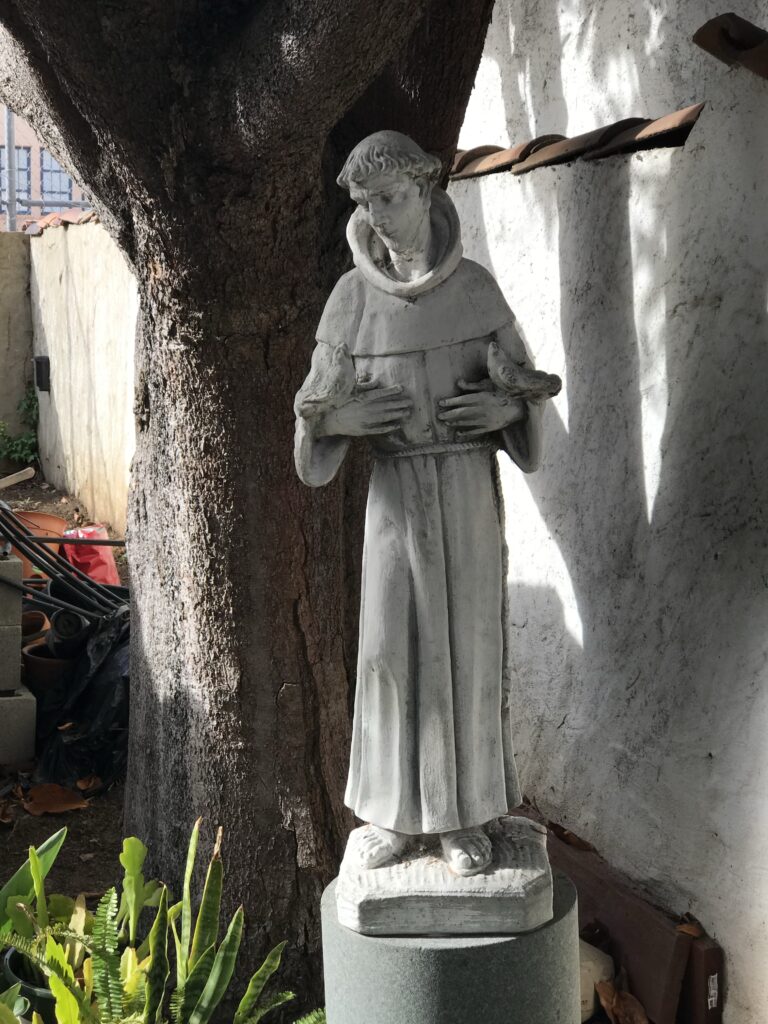
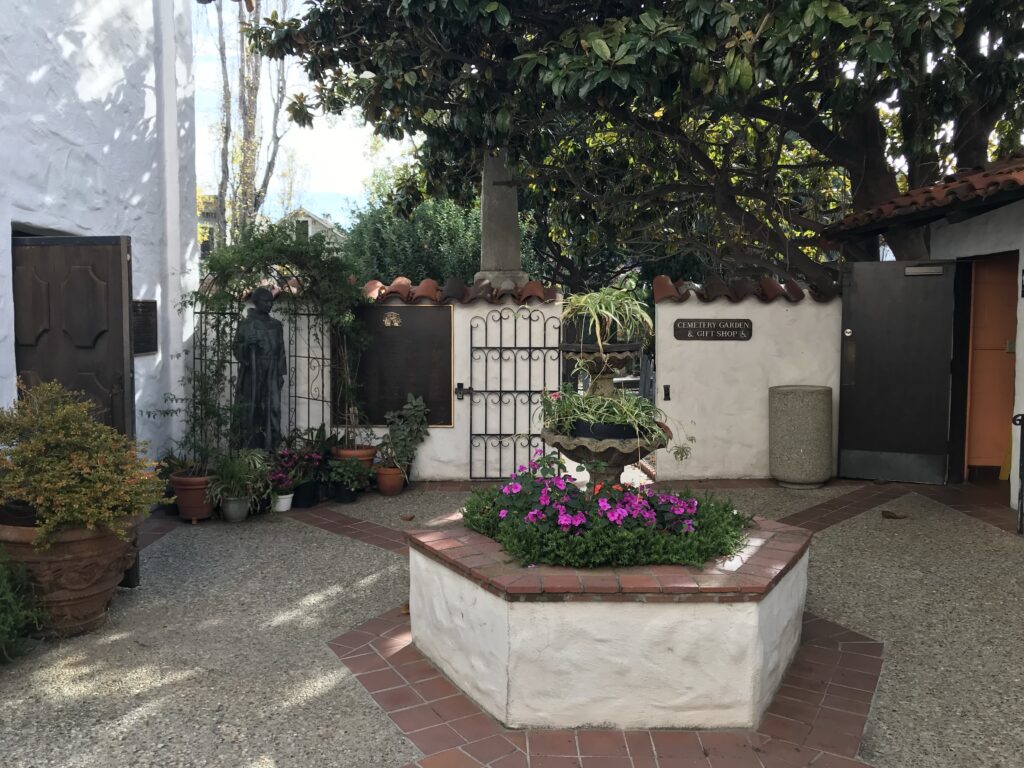
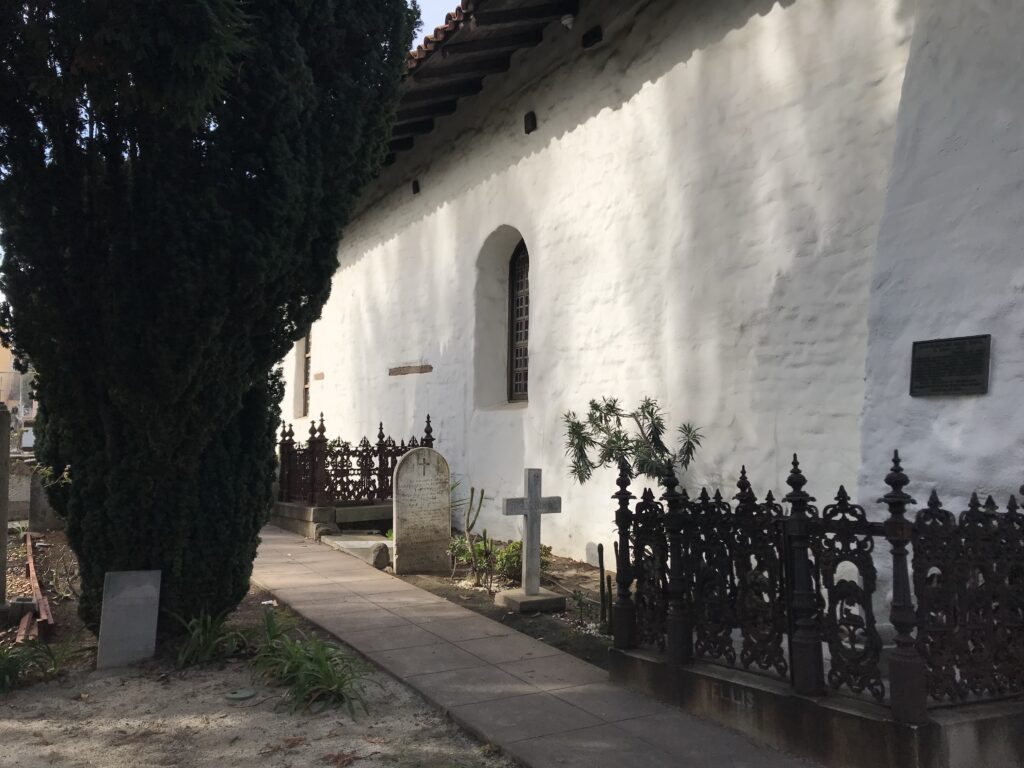
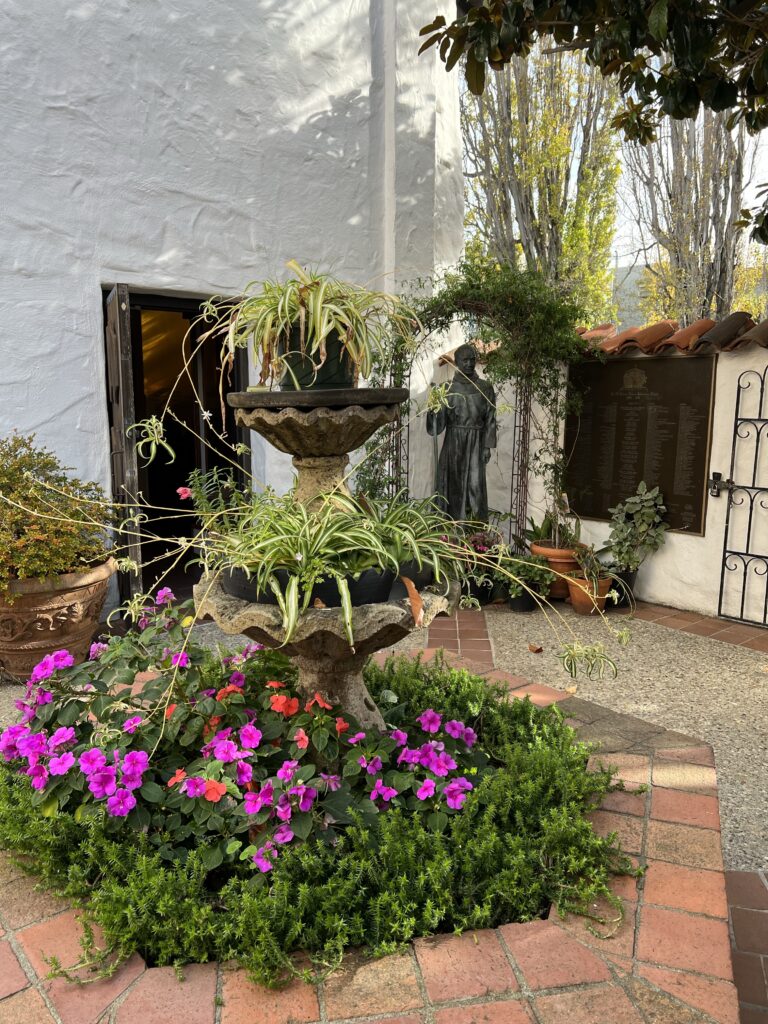
The Mission Dolores is located in the downtown mission district of San Francisco and continues to bear witness to the legacy of Saint Francis of Assisi2345.

Tourist
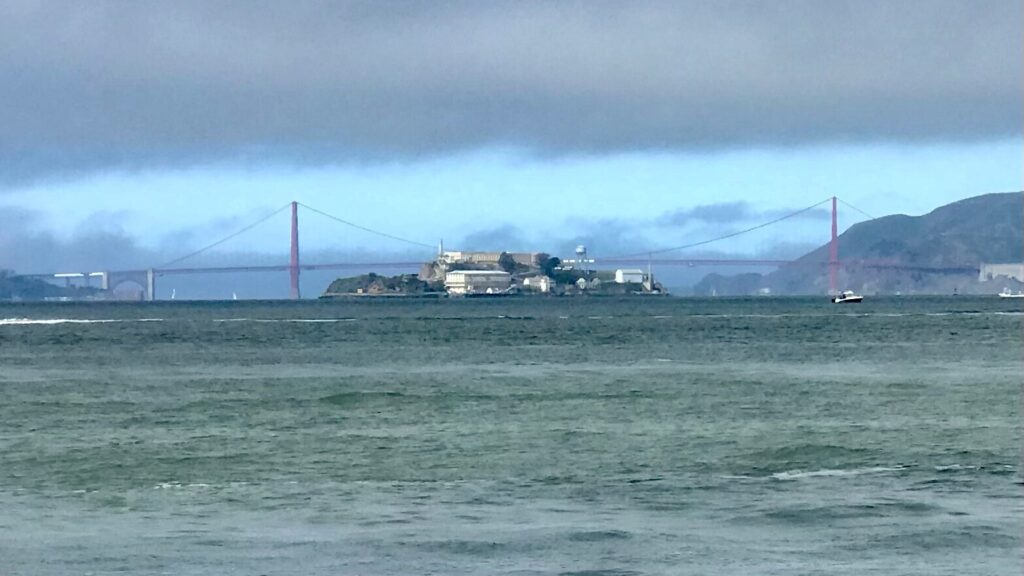
Some famous landmarks in San Francisco that are popular among tourists include:
- The Golden Gate Bridge
- Alcatraz Island
- San Francisco-Oakland Bay Bridge
- Chinatown
- Fisherman’s Wharf
- Golden Gate Park
- Coit Tower
- Palace of Fine Arts
- Lombard Street
- Pier 39
- Oracle Park
- Twin Peaks
- The Mission
- California Academy of Sciences
- The Exploratorium
These landmarks offer a diverse range of experiences, from iconic architectural marvels like the Golden Gate Bridge and Lombard Street to historical sites such as Alcatraz Island and cultural hubs like Chinatown and Fisherman’s Wharf. Visitors to San Francisco can explore these landmarks to gain a deeper understanding of the city’s history, culture, and natural beauty.
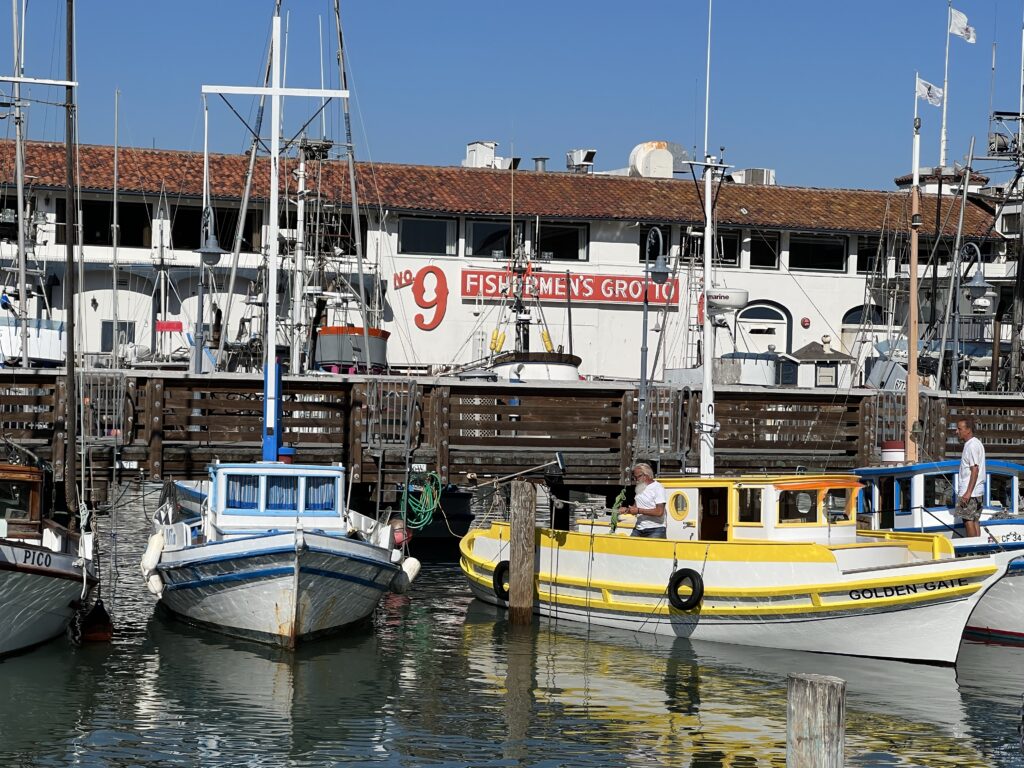
Some lesser-known landmarks in San Francisco that are worth visiting include:
- Fort Point National Historic Site: Located at the southern side of the Golden Gate at the entrance to San Francisco Bay, this historic fort offers stunning views of the Golden Gate Bridge and the city skyline3.
- Twin Peaks Tavern: This historic bar in the Castro district is known for its significance in LGBTQ history. It was the first gay bar in the nation to have clear windows that allowed the public to see inside, a bold statement during a time when gay bars often had blacked-out windows5.
- Ferry Building Marketplace: While the Ferry Building itself is a well-known landmark, the marketplace inside is a food lover’s paradise, offering a wide variety of artisanal food and drink vendors, making it a great place to explore local flavors and products5.
- The Swedish American Hall: This historic building in the Mission District is a cultural hub that hosts a variety of events, including concerts, performances, and community gatherings. It’s a great place to experience the local arts and music scene5.
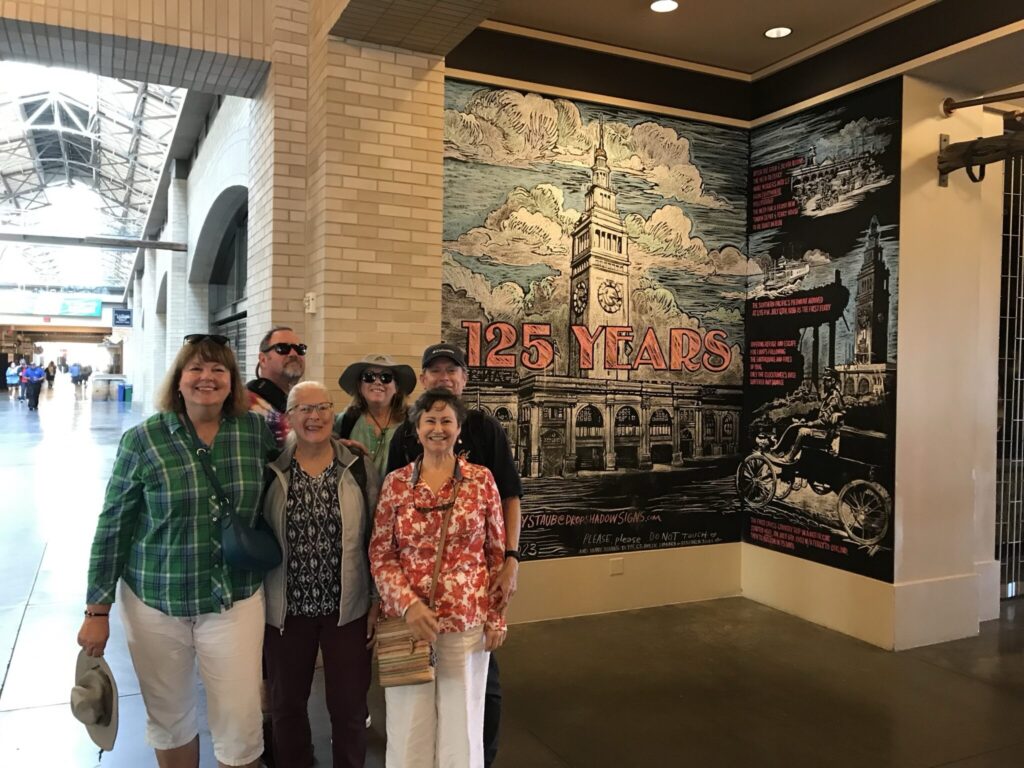
These landmarks offer unique and enriching experiences that may not be as widely recognized as the more famous attractions in San Francisco.
Some other historical landmarks in San Francisco include:
- Presidio of San Francisco (California Historical Landmark #79)
- Alcatraz Island
- Golden Gate Bridge
- Fort Point National Historic Site
- SS Jeremiah O’Brien
- Mission Dolores and The Mission District
These landmarks offer a glimpse into the rich history of San Francisco, from military history at the Presidio and Fort Point to the infamous Alcatraz Island and the iconic Golden Gate Bridge. The Mission Dolores and The Mission District provide insight into the city’s Spanish missionary origins and its vibrant Latino arts community. These sites are not only historically significant but also offer unique and enriching experiences for visitors interested in exploring the cultural and historical heritage of San Francisco1235.
The Intercontinental San Francisco is located in a vibrant area with numerous popular tourist attractions nearby. Here are some of the top attractions you might want to visit:
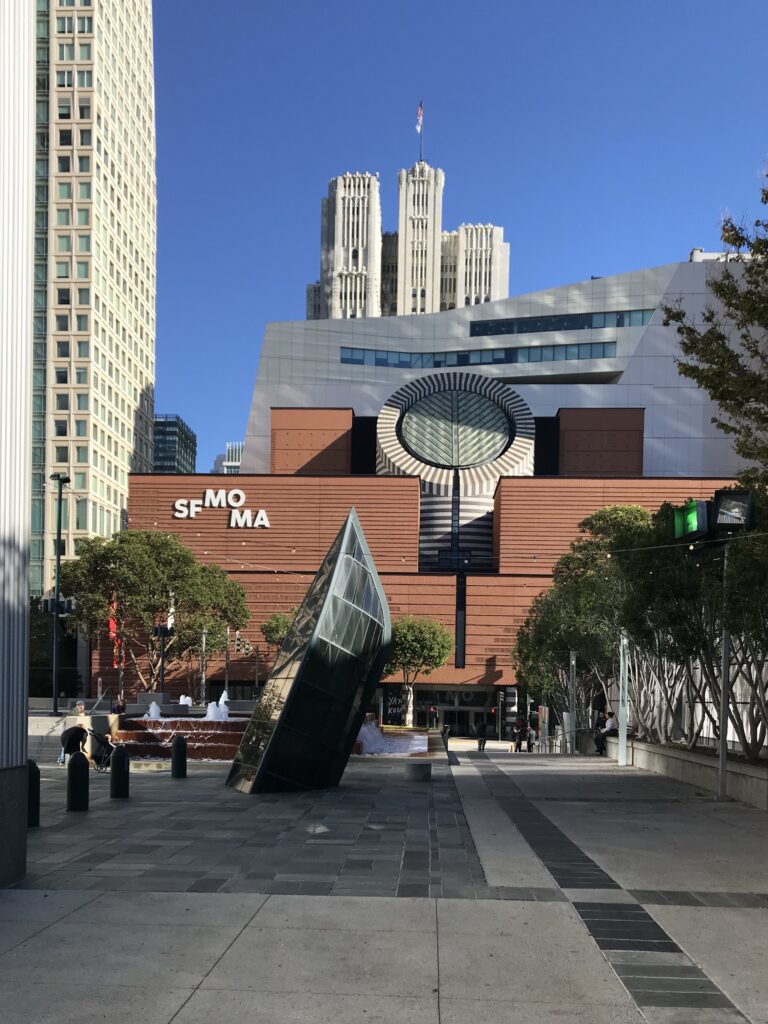
- Union Square: This is a major shopping, dining, and cultural hub in the city, known for its high-end retail stores, art galleries, and theaters4.
- Cable Car Museum: This museum offers a look into the history of San Francisco’s iconic cable car system4.
- Chinatown: One of the oldest and most established Chinatowns in the U.S., this neighborhood is filled with shops, restaurants, and cultural sites4.
- Alcatraz Island: A former federal prison, Alcatraz is now a museum that offers tours and stunning views of the city and bay4.
- Coit Tower: This tower offers panoramic views of the city and the bay4.
- Fisherman’s Wharf: Known for its seafood, shopping, and attractions like the Aquarium of the Bay and the sea lion center at Pier 394.
- Painted Ladies: A row of Victorian houses that are among the city’s most photographed sites4.
- San Francisco Museum of Modern Art (SFMOMA): This museum houses a vast collection of contemporary and modern art6.
- Yerba Buena Gardens: A public park with art installations, a waterfall, and a children’s play area6.
- Ferry Building Marketplace: A food lover’s paradise with a variety of food stalls, restaurants, and a farmers market6.
- Lombard Street: Powell/Hyde Cable Car line ends up close to Ghirardelli Square where you can shop or eat. Along the way you can exit the cable car at Lombard Street, famous for being “The world’s crookedest street.” If you aren’t going to Lombard Street then get your camera ready because at the top of this hill (Hyde and Lombard) you are treated to an unobstructed view of San Francisco’s Alcatraz Island. Across the street from the end of this line (at Hyde and Beach) is The Buena Vista Cafe, where legend has it that the Irish Coffee was born. If you don’t feel like shopping at Ghirardelli then you can visit the San Francisco Maritime Museum, the Hyde Street Pier, or just relax by the water and watch the boats go by.
These attractions offer a mix of cultural, historical, and leisure activities that can cater to a wide range of interests146.
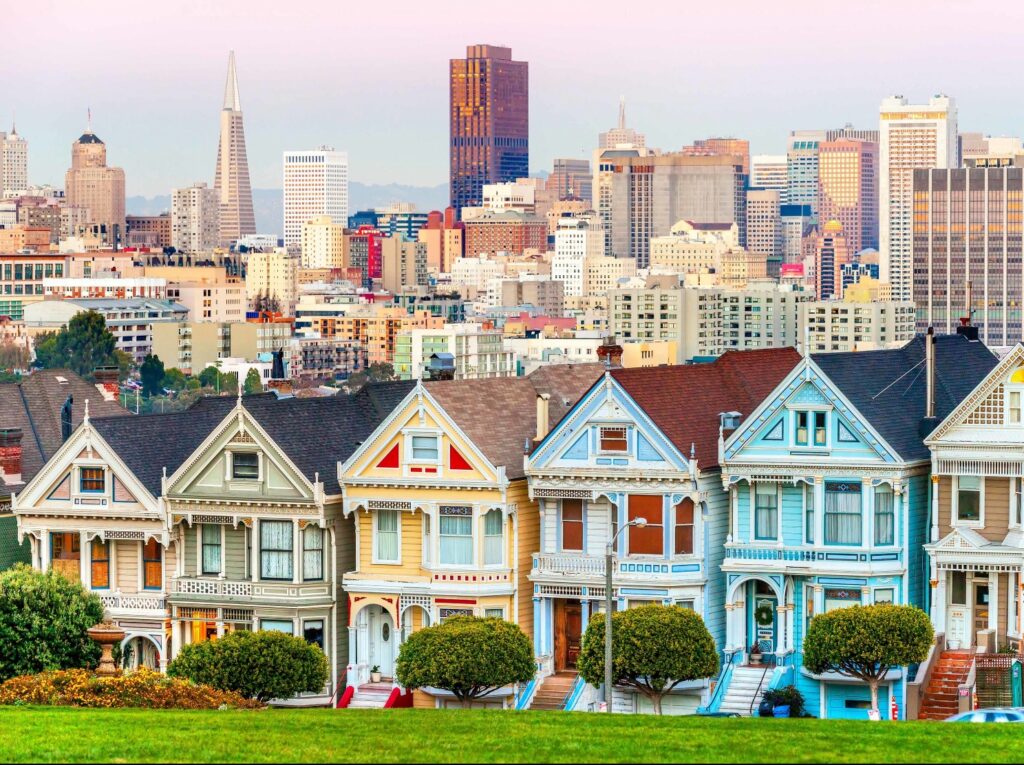
Beer
San Francisco offers a vibrant beer scene with numerous brewpubs, beer bars, and beer-related activities for enthusiasts. Here are some notable brewpubs in San Francisco:
- Anchor Brewing Company: Anchor Steam beer, a historic and iconic brew, is still brewed in San Francisco. The brewery offers tours and tastings, providing visitors with insights into the brewing process and the history of the company.
- Speakeasy Ales & Lagers: This brewery in San Francisco offers a variety of craft beers and ales, providing a unique experience for beer enthusiasts.
- Mikkeller Bar SF: Known for its extensive selection of foreign and domestic brews, Mikkeller Bar SF is a popular destination for beer lovers.
- Black Horse London Pub: This pub offers a cozy and authentic British pub experience, featuring a selection of beers and ales.
- City Beer Store: A sought-after venue for craft brewers to showcase new beers, City Beer Store offers a diverse range of craft beers for enthusiasts to explore.
In addition to brewpubs, San Francisco also hosts beer-related events, such as beer festivals and beer crawls, providing opportunities for beer enthusiasts to sample a wide variety of craft beers from local and regional breweries.San Francisco’s beer scene is characterized by a diverse array of craft breweries, taprooms, and beer bars, making it an appealing destination for beer lovers. Whether it’s exploring historic breweries, sampling unique craft beers, or participating in beer-related events, San Francisco offers a rich and dynamic beer culture for enthusiasts to enjoy.
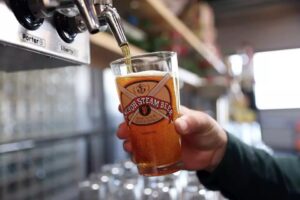
The history of Anchor Steam beer in San Francisco is deeply rooted in the city’s brewing heritage and has undergone a series of challenges and triumphs. Here is a timeline of significant events in the history of Anchor Brewing:
- 1896: Anchor Brewing Company is founded during the Gold Rush era, and it becomes rooted in San Francisco’s history amid an ever-changing beer scene.
- 1906: The Anchor Brewery is destroyed by fire in the great earthquake and is relocated to 18th and Hampshire streets.
- 1920: Prohibition shuts down the operation, along with other breweries across the city.
- 1933: Joseph Kraus, one of three men who stepped in to keep the brewery going after the deaths of the original owners, resumes brewing at a new location at 13th and Harrison streets.
- 1959: Anchor’s brewery closes, a victim of mass-marketed beers.
- 1960: Lawrence Steese reopens the brewery at Eighth and Brannan streets.
- 1965: Fritz Maytag buys 51% of the struggling brewery and assumes full ownership four years later.
- 1971: Anchor Steam Beer begins to be bottled.
- 1979: Anchor moves to its present location along Mariposa Street on Potrero Hill.
- 1993: Maytag opens a distillery to make rye whiskey.
- 2010: Maytag sells to the Griffin Group, run by Bay Area duo Keith Greggor and Tony Foglio.
- 2017: Sapporo Breweries acquires 100% of Anchor.
- 2017: Anchor opens Anchor Public Taps, its first public taproom since before Prohibition. It also features a pilot brewery called the Potrero Project, where brewers work on experimental beers in small batches.
- 2019: Workers at Anchor Brewing Co. vote to unionize.
- 2023: Anchor Brewing announces it has brewed its final beers in San Francisco and is shutting down1.
Anchor Steam beer has been a significant part of San Francisco’s brewing history, enduring fires, Prohibition, and changes in ownership. It has been a symbol of resilience and innovation in the American craft beer industry. Anchor Steam’s unique brewing method and historical significance have made it an iconic representation of the oldest indigenous beer style in the United States2.The history of Anchor Steam beer reflects the challenges and successes of a brewery deeply intertwined with San Francisco’s brewing heritage. Despite its recent closure, Anchor Steam’s legacy and impact on the craft beer industry remain significant.
Yerba Buena Gardens Conservancy
The Yerba Buena Gardens Conservancy is a unique urban oasis in San Francisco that offers a mix of cultural, recreational, and public spaces. It is renowned for its beautiful, accessible, and welcoming spaces that provide arts, culture, recreation, and nature for everyone1.
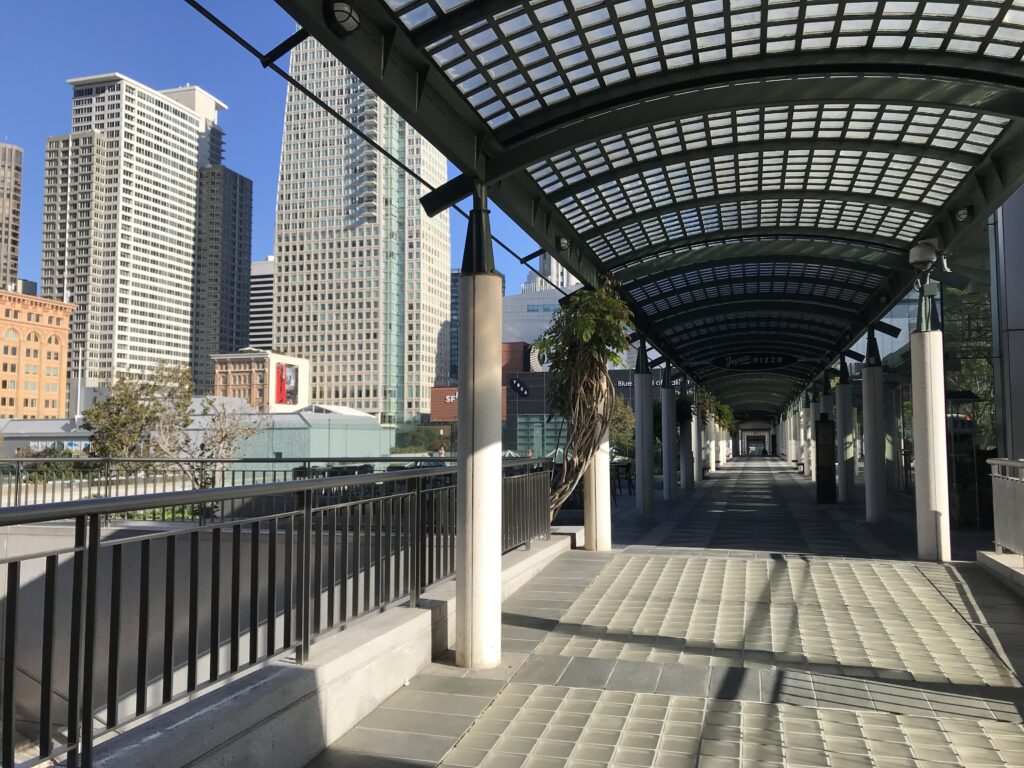
The Yerba Buena plant, also known as Micromeria douglasii, is a rambling aromatic herb native to western and northwestern North America. While it is not explicitly mentioned in the search results whether the Yerba Buena plant is featured in the conservatory, the plant was so abundant in the Bay Area that San Francisco was initially called Yerba Buena26.
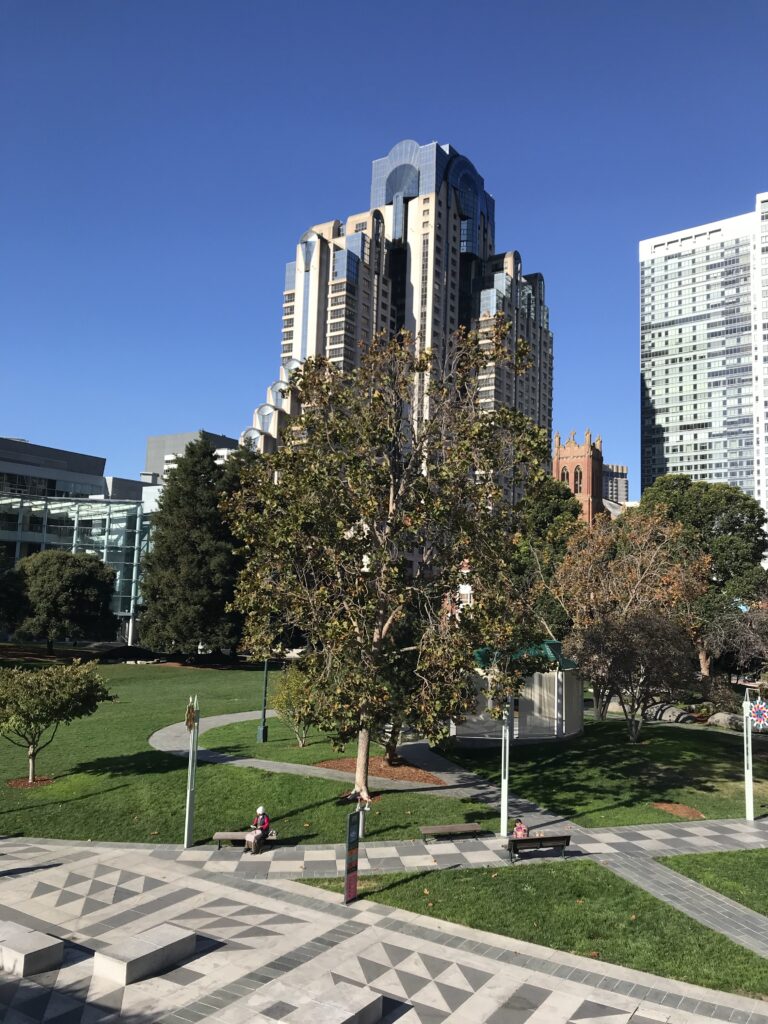
The Yerba Buena Gardens Festival is a seasonal outdoor venue that presents six months of admission-free performances reflecting the rich cultures and creativity of the Bay Area.
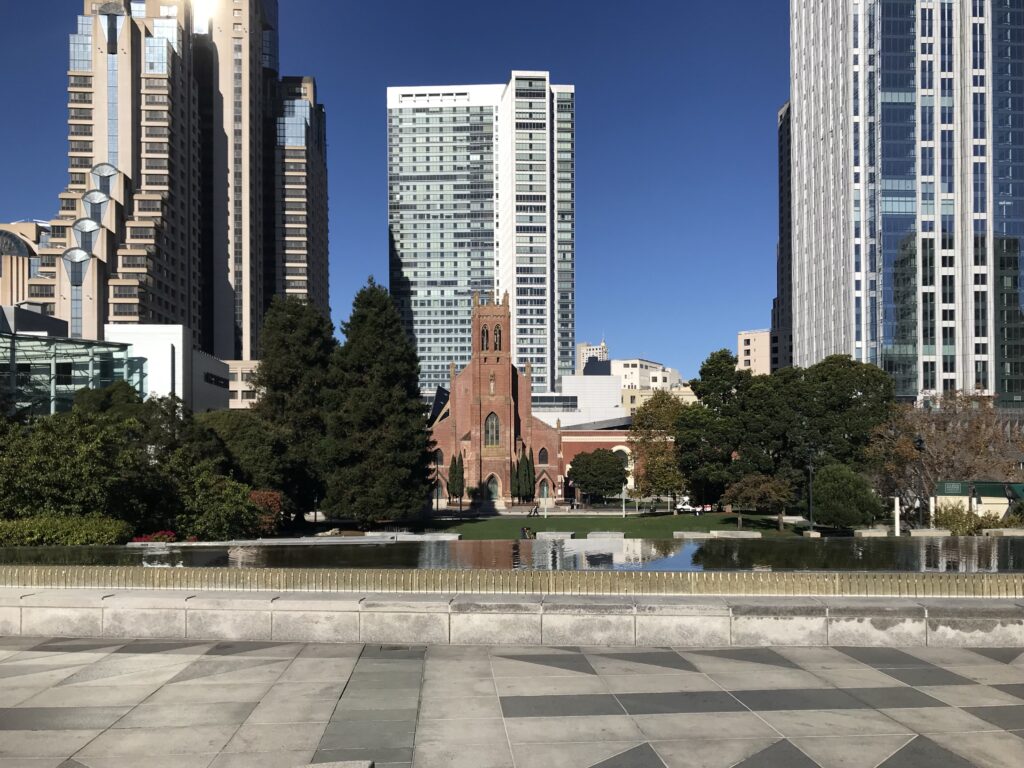
The festival includes music, dance, theater, cultural events, and children’s shows3710.
The Yerba Buena Gardens also houses the United States’ second-largest Martin Luther King Memorial, titled “Revelation”. Built in 1993, the memorial features a 50’ x 20’ foot wall of cascading water and a walkway constructed under a 120,000-gallon reflecting pool.
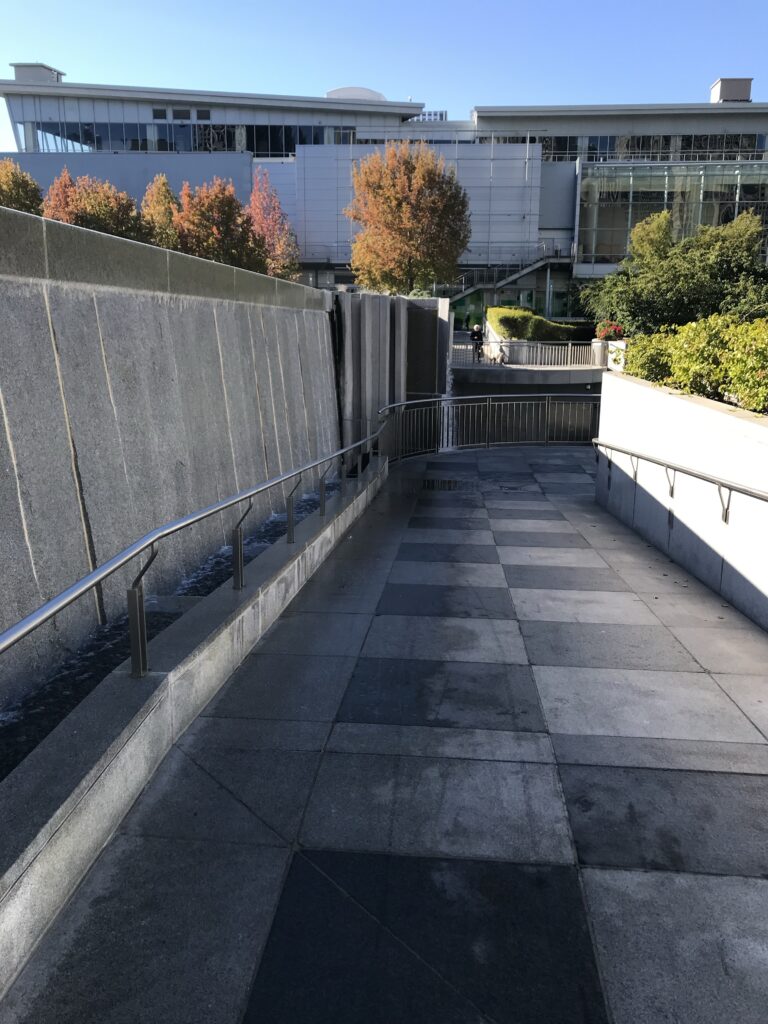
The memorial provides a peaceful space for contemplation, with quotes from Dr. King’s speeches etched in 12 glass panels45.
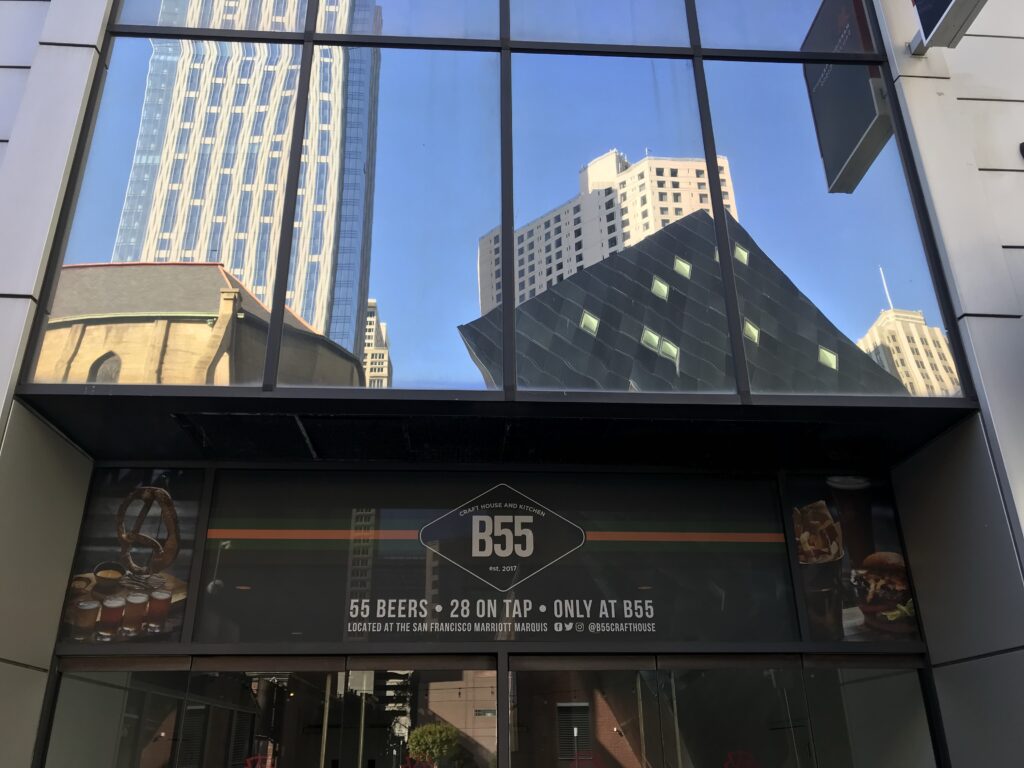
As for drinking beer in the park, the search results do not provide specific information on this. It’s recommended to check local regulations or the park’s rules before consuming alcohol in public spaces. There is a tap room near the park.
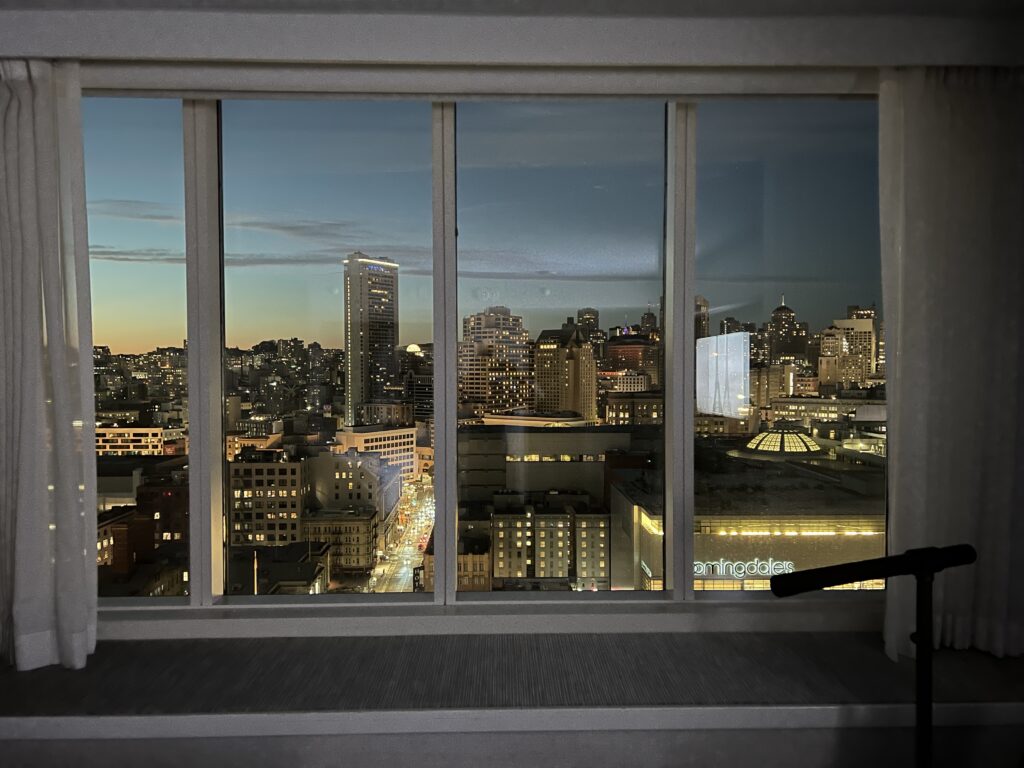
In San Francisco, a couple did stay, At the Intercontinental, they planned their way. They chose not to buy a condo at the Millennium Tower, Opting for adventures, they’d savor by the hour.
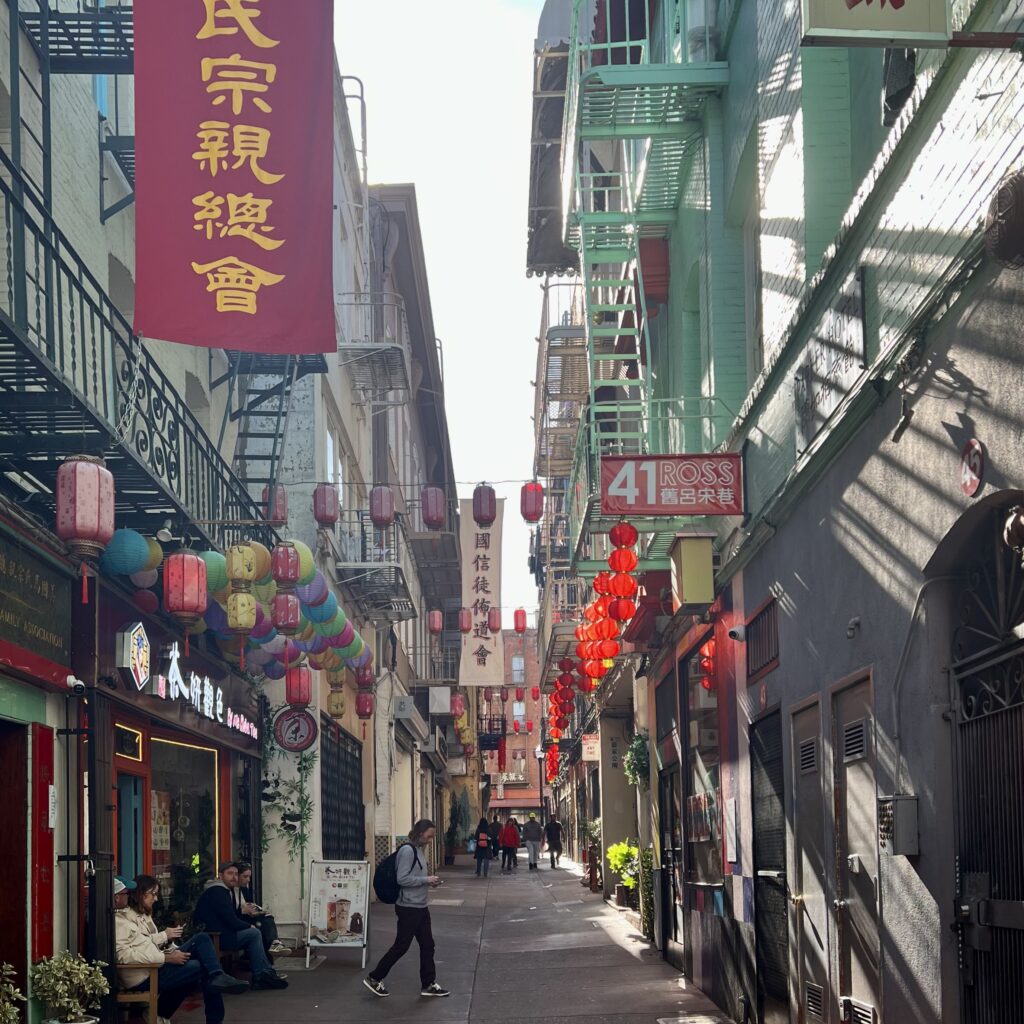
They strolled through Chinatown, a vibrant place,
Immersed in culture, they found their space. To the Mission they ventured, to learn and explore,
About Saint Francis, the patron saint they adore.
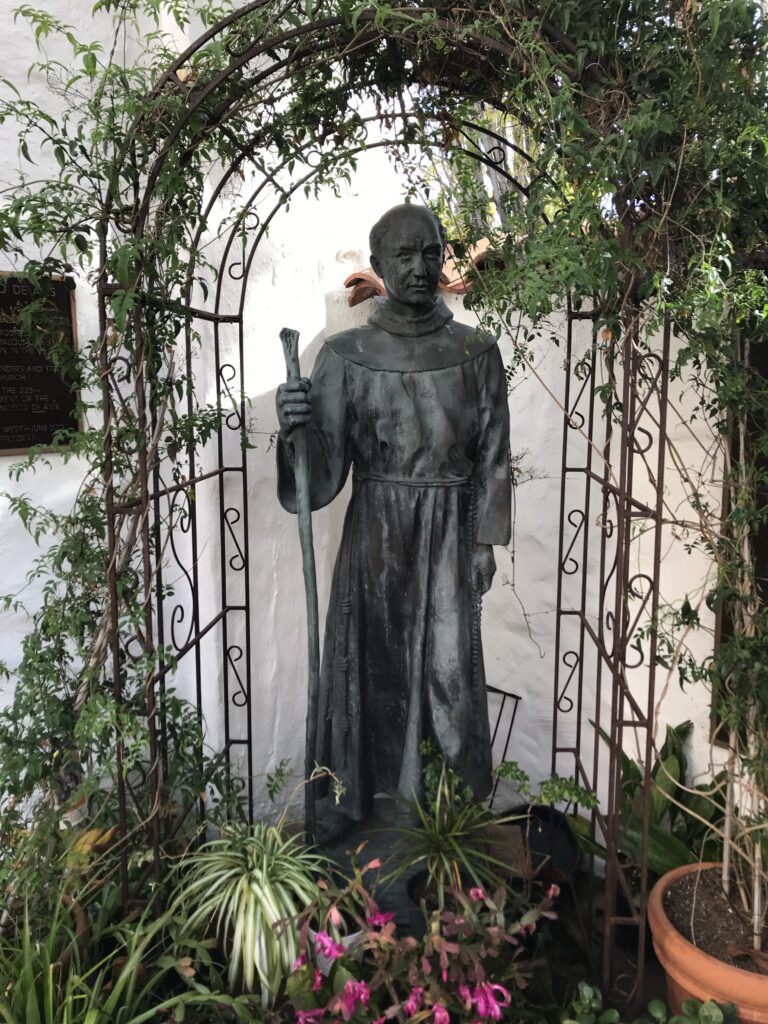
Thanksgiving arrived, and with family in mind, Fortune cookies they purchased, a gesture so kind. They boarded a ferry to El Cerrito, so grand, To share their dreams, in that beautiful land.
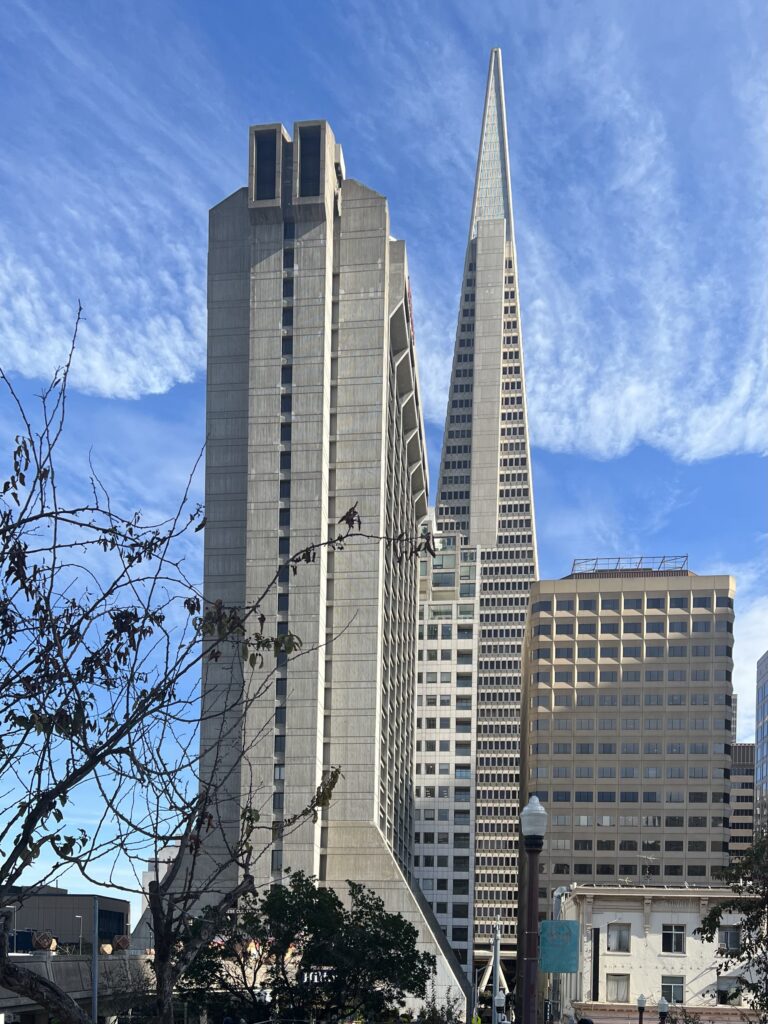
They spoke of Fisherman’s Wharf, and the Golden Gate,
Of Alcatraz, Muir Woods, a wonderful fate. Their love for San Francisco, a city so dear,
Filled their hearts with joy, as they planned the next year.
